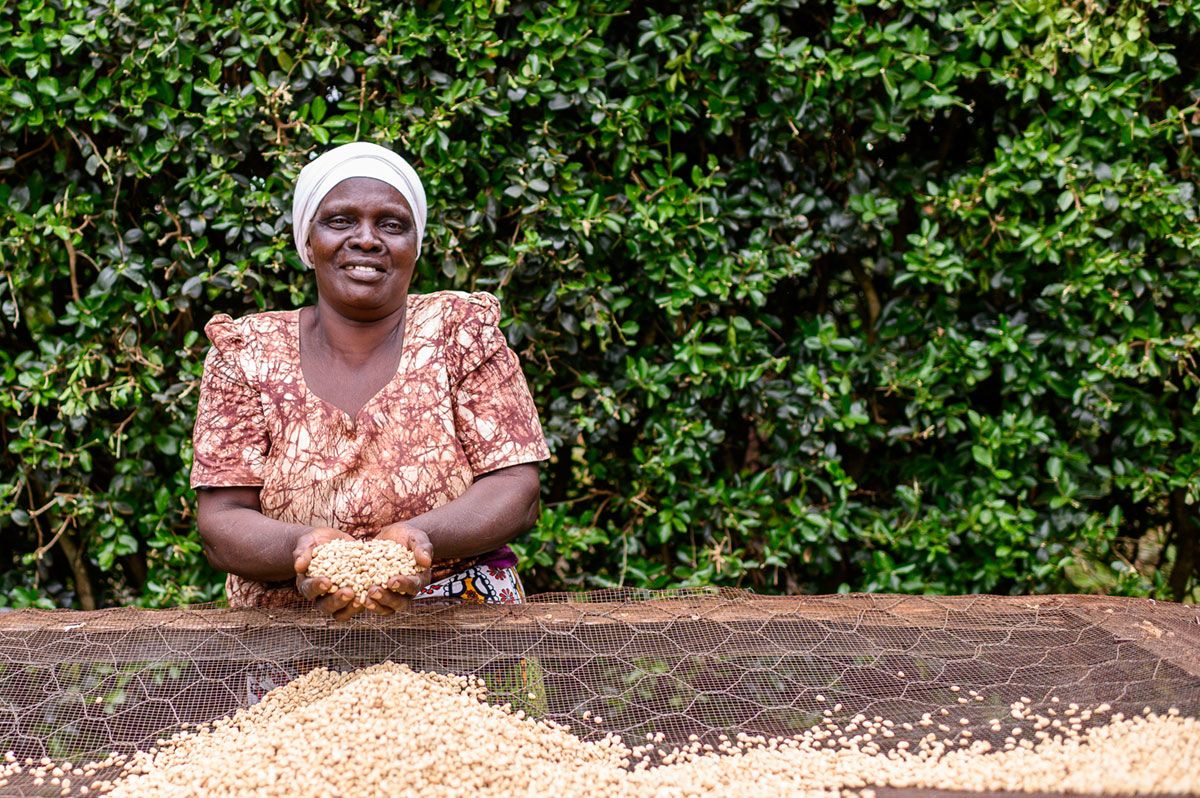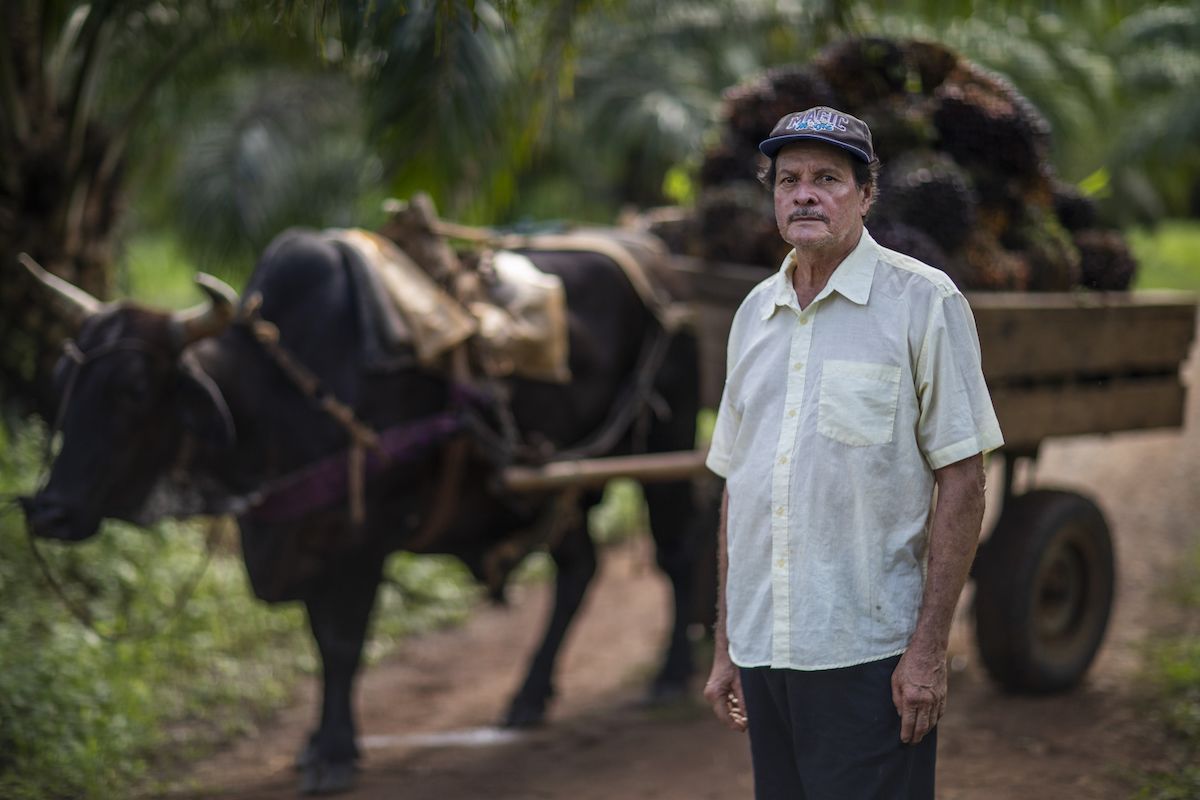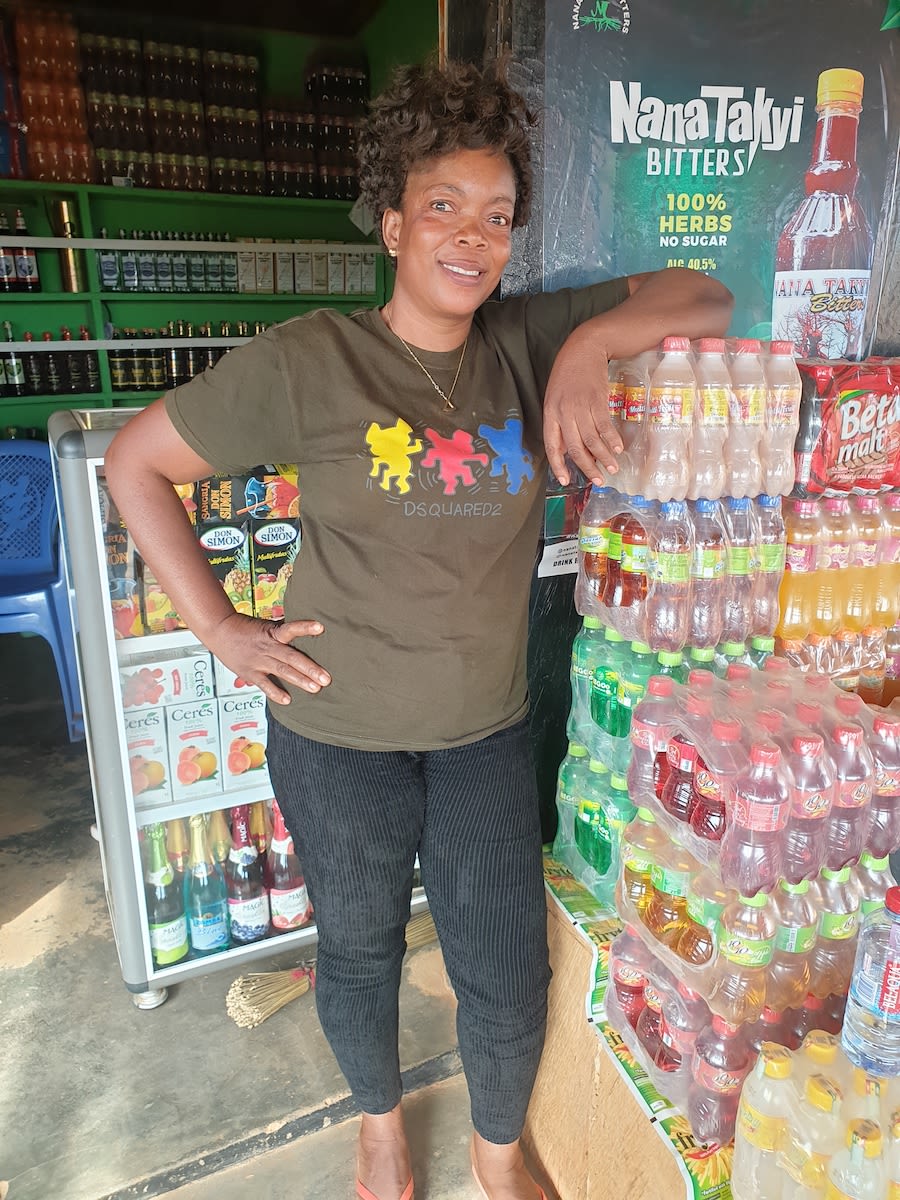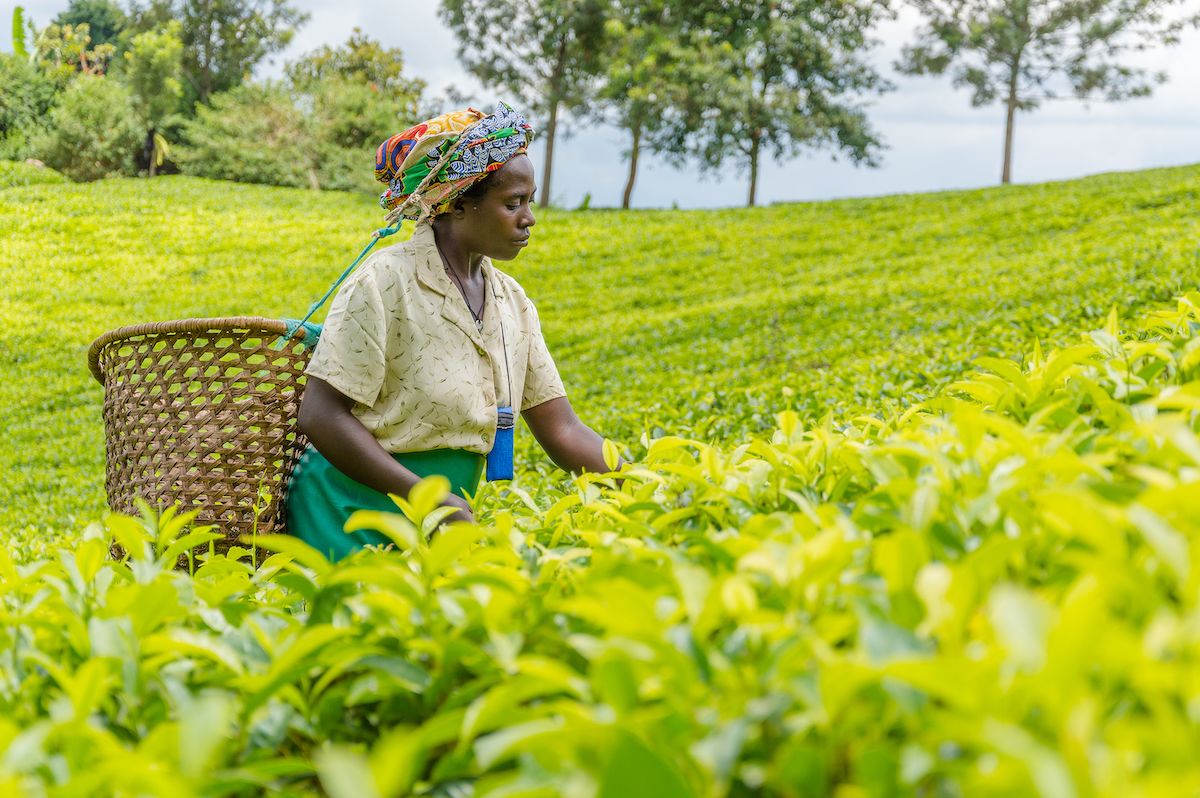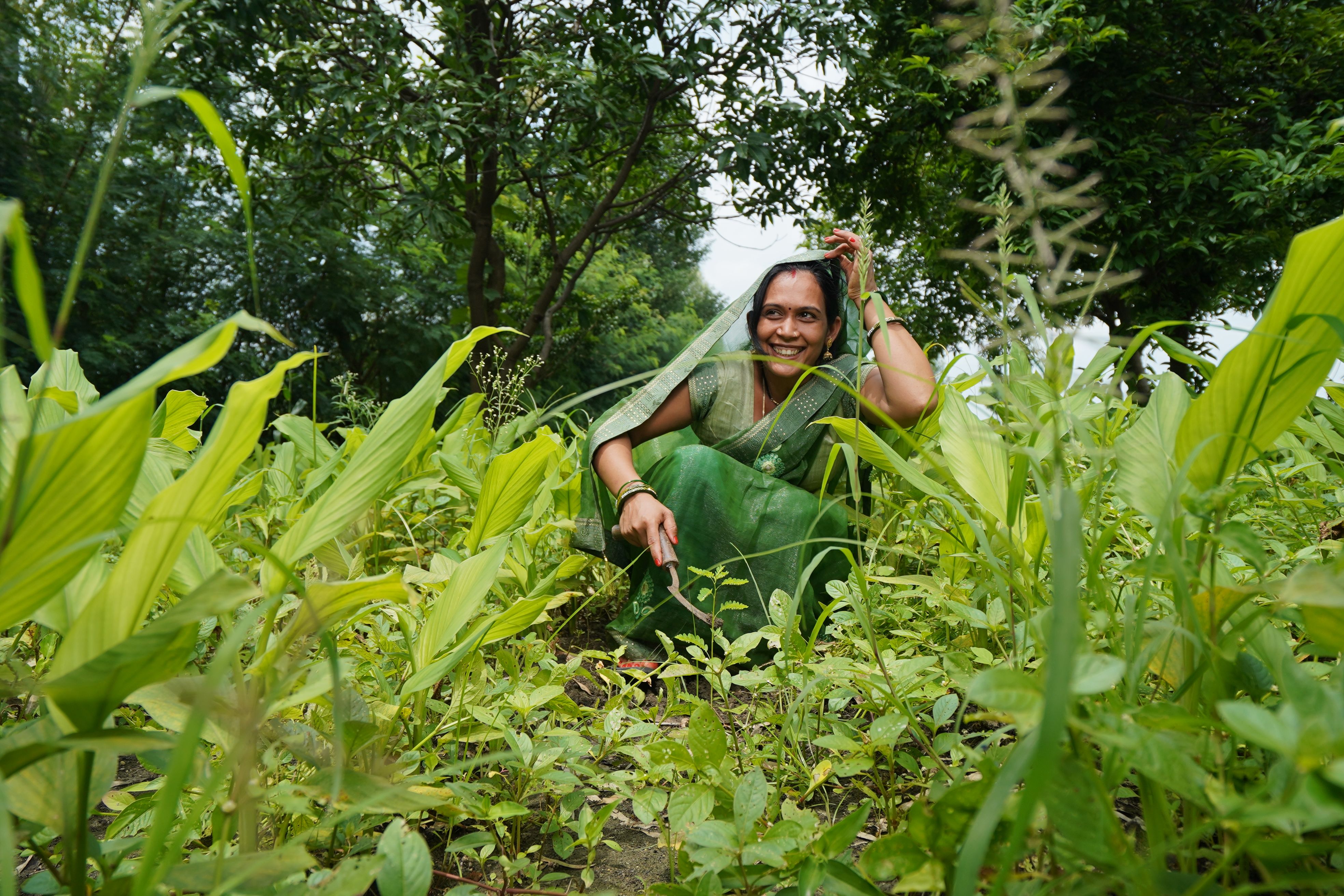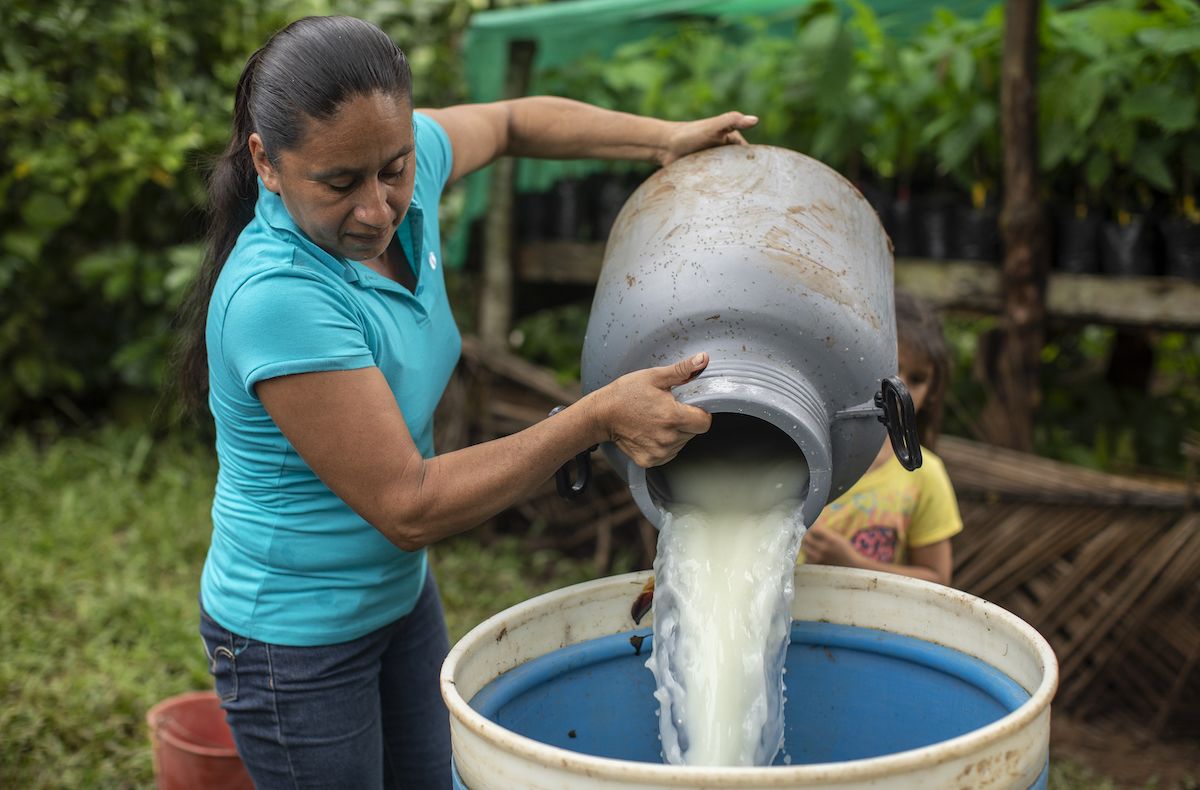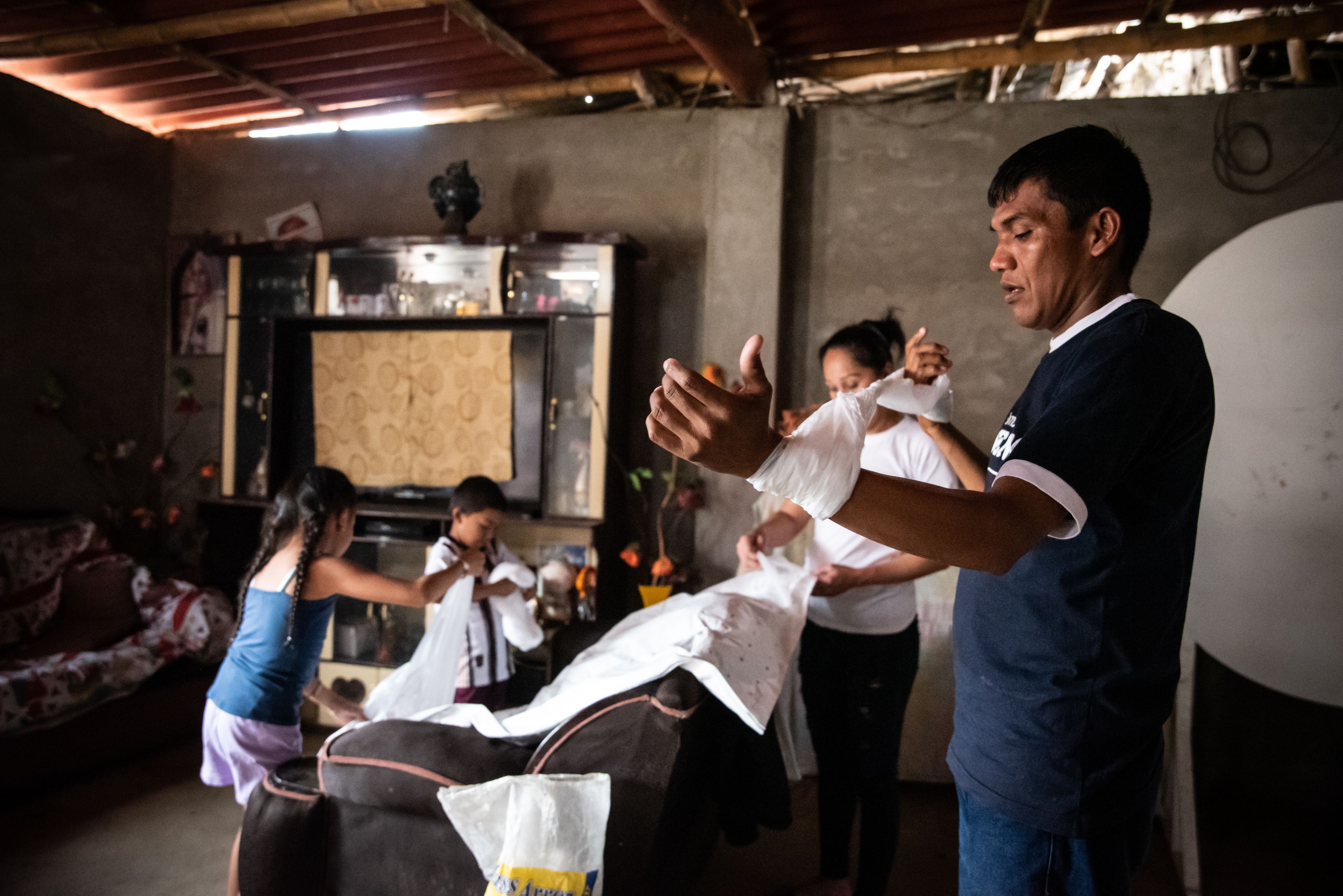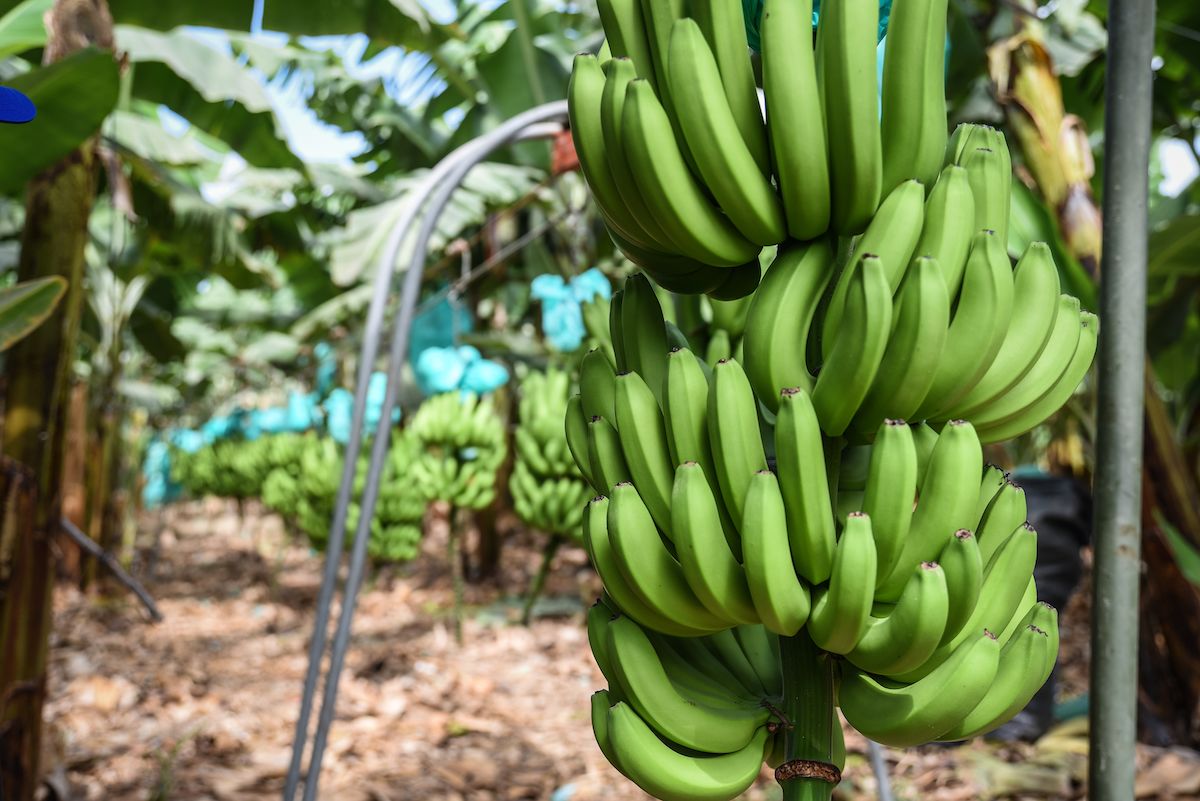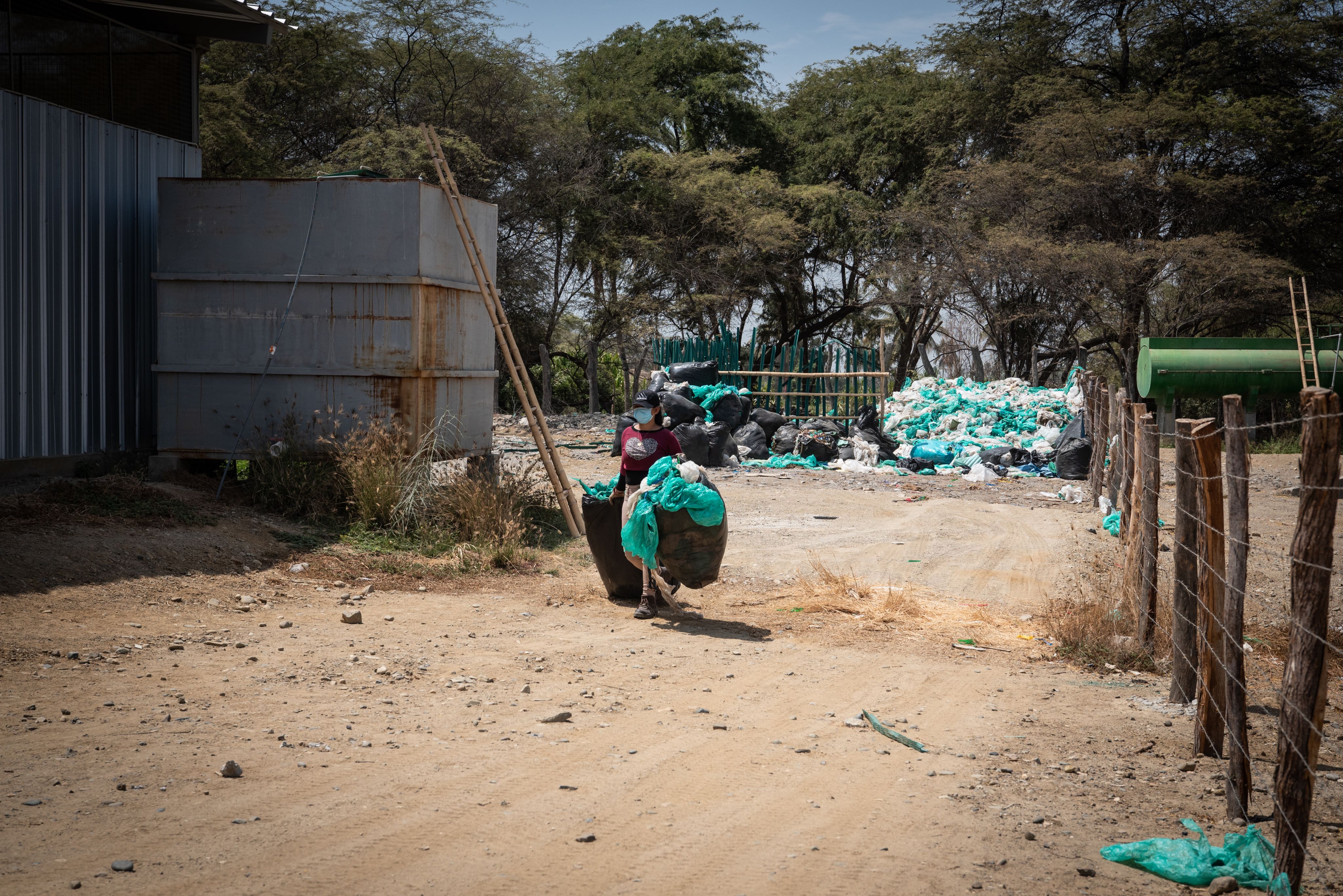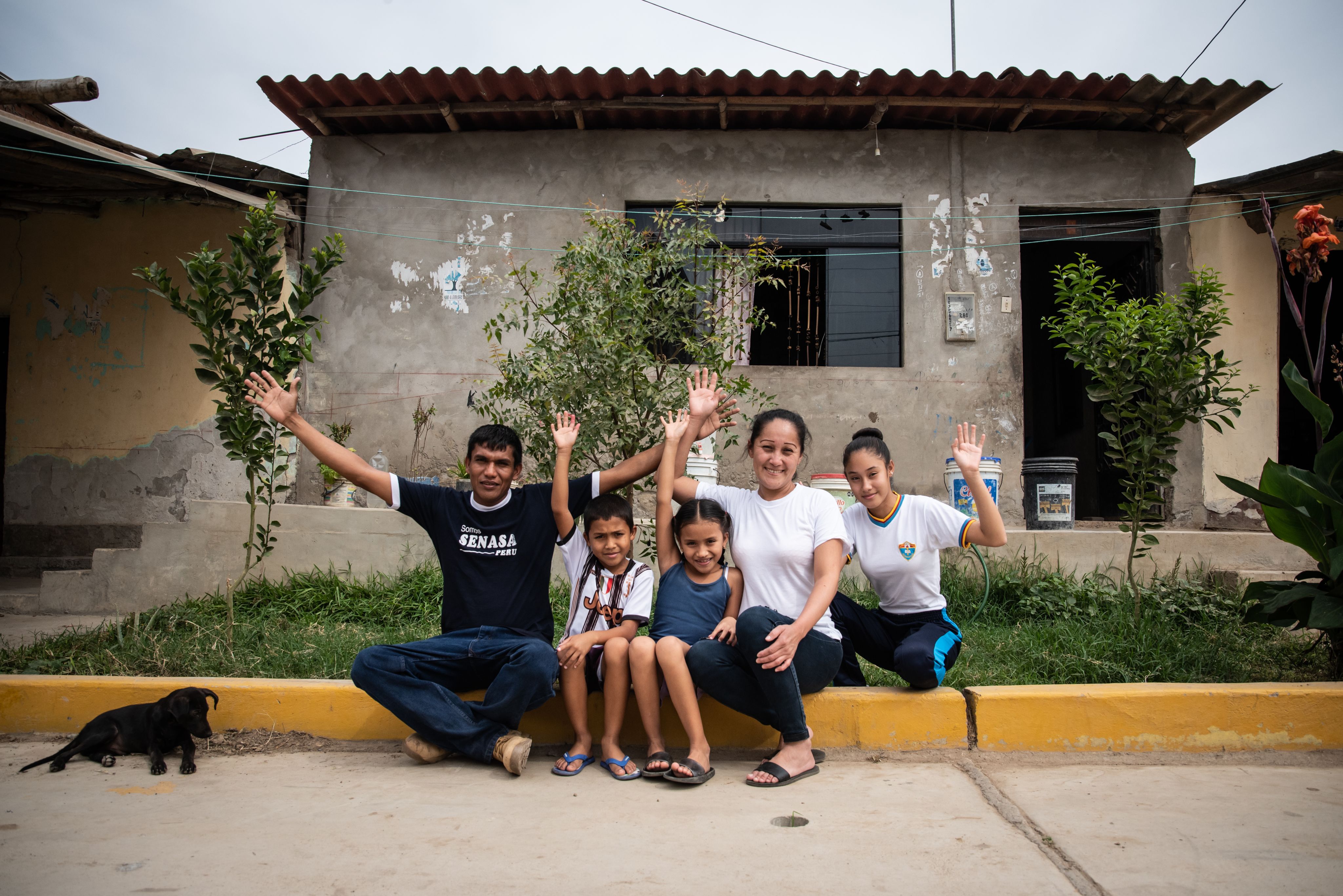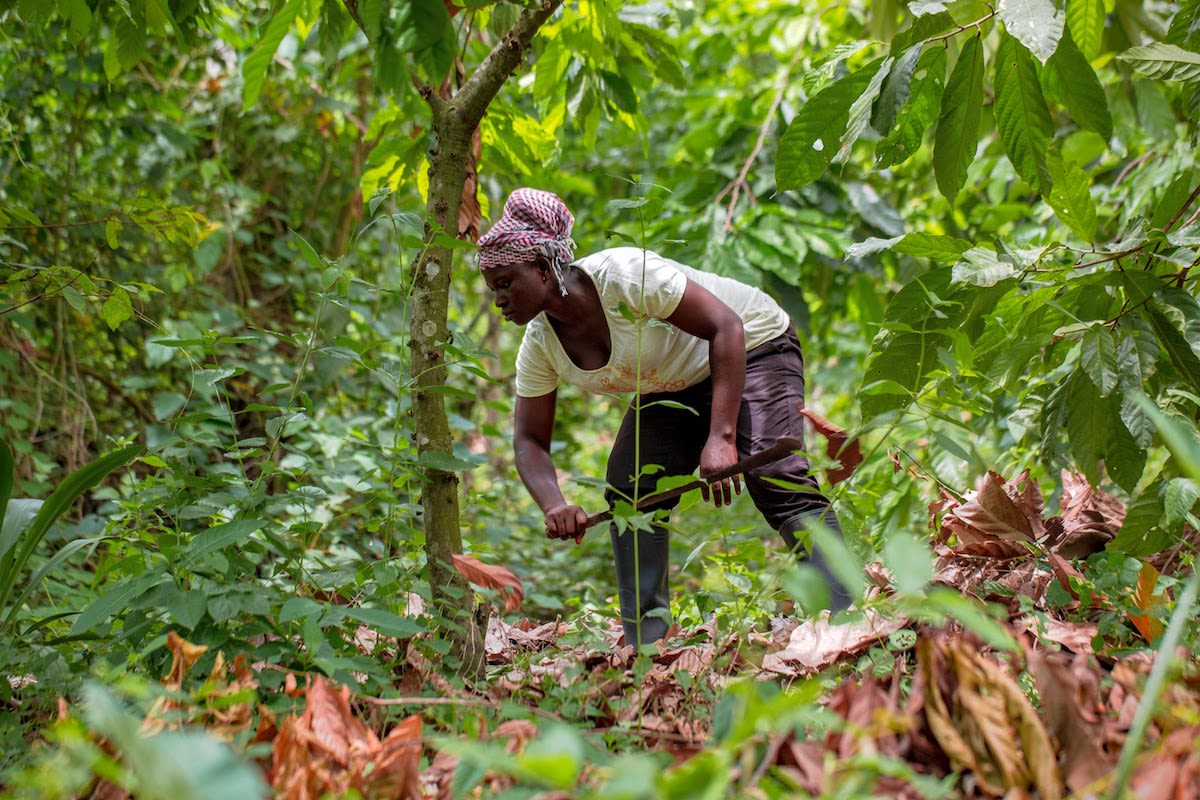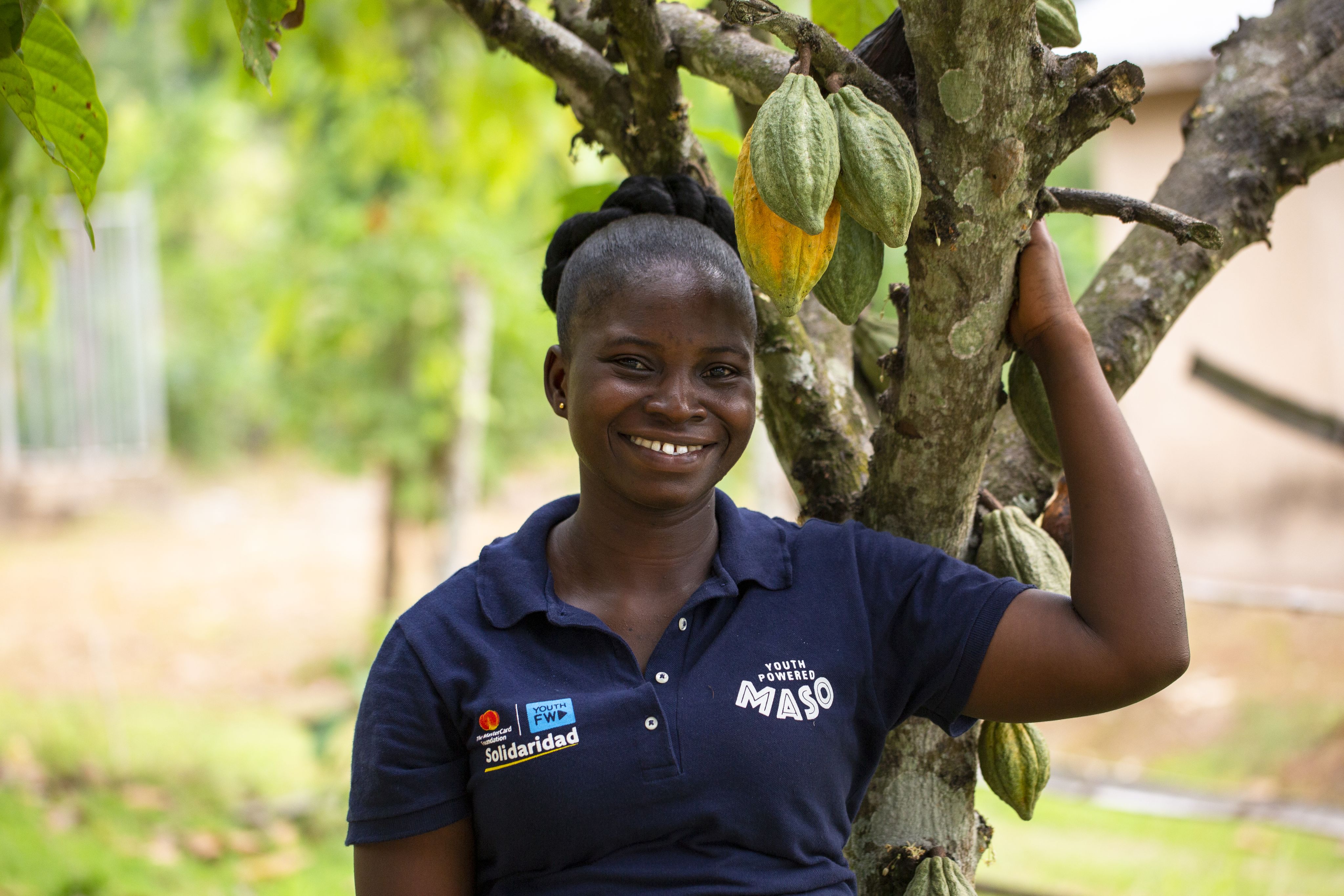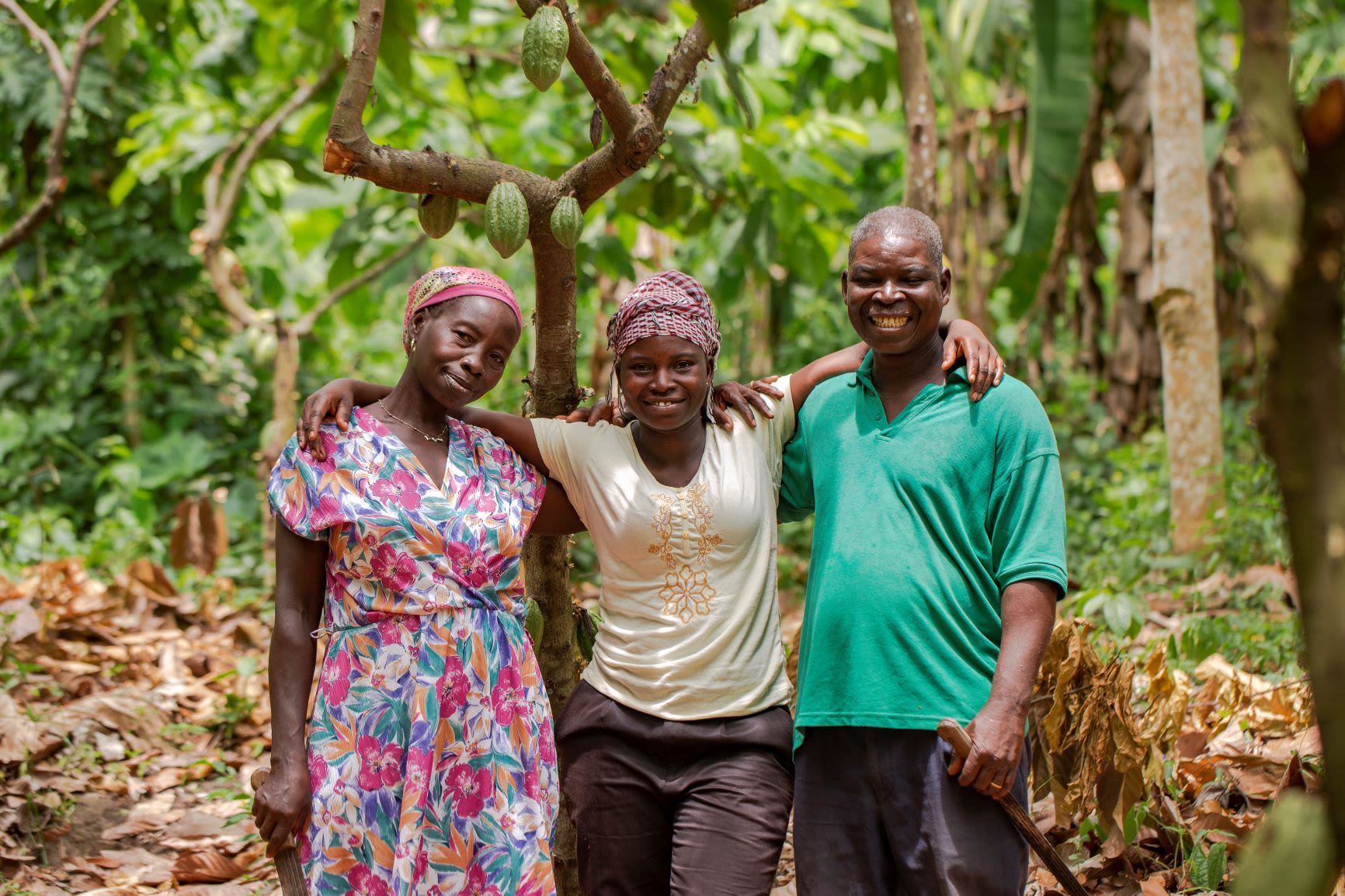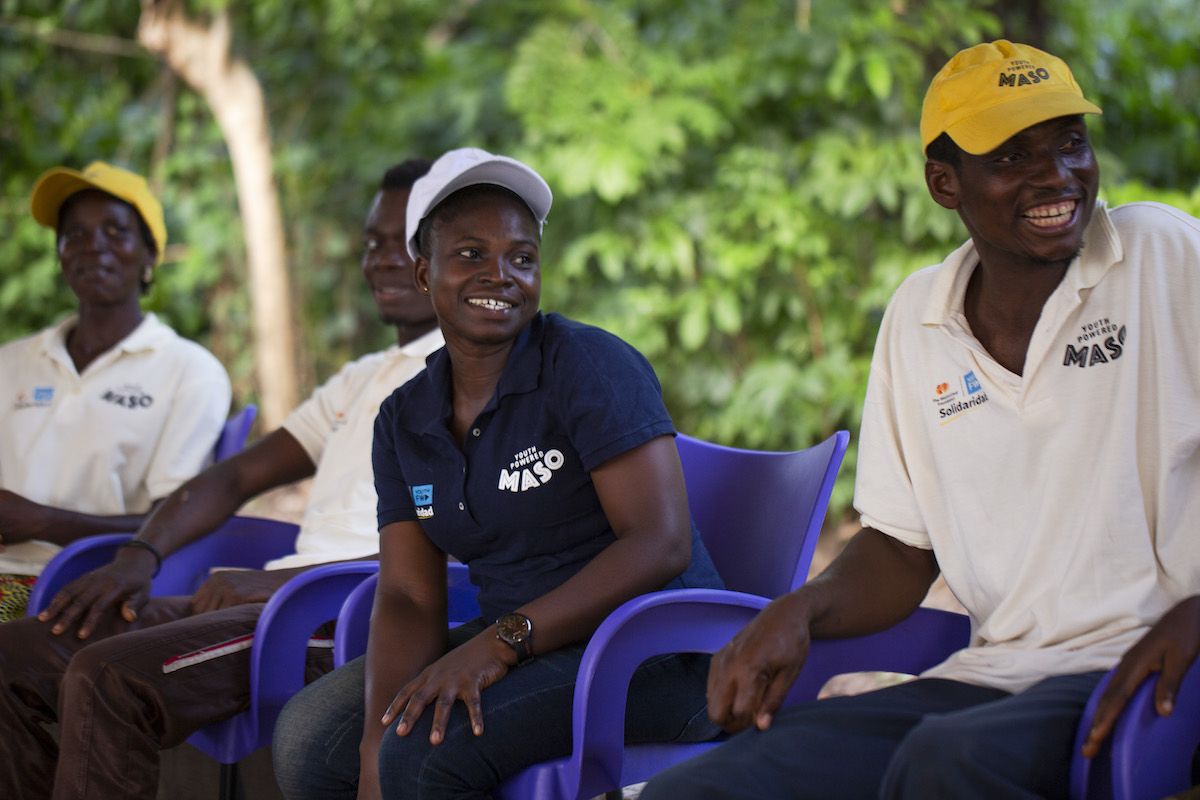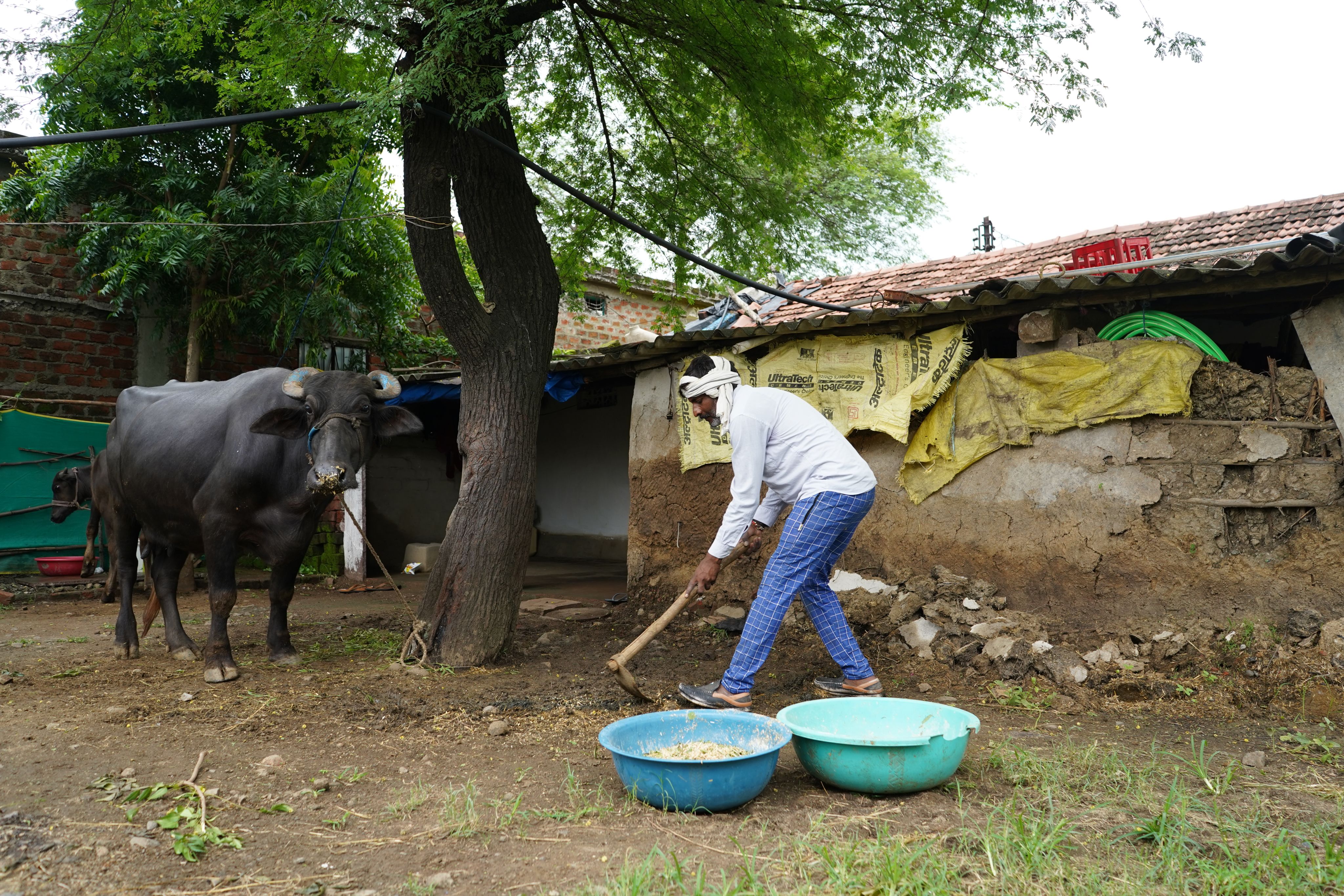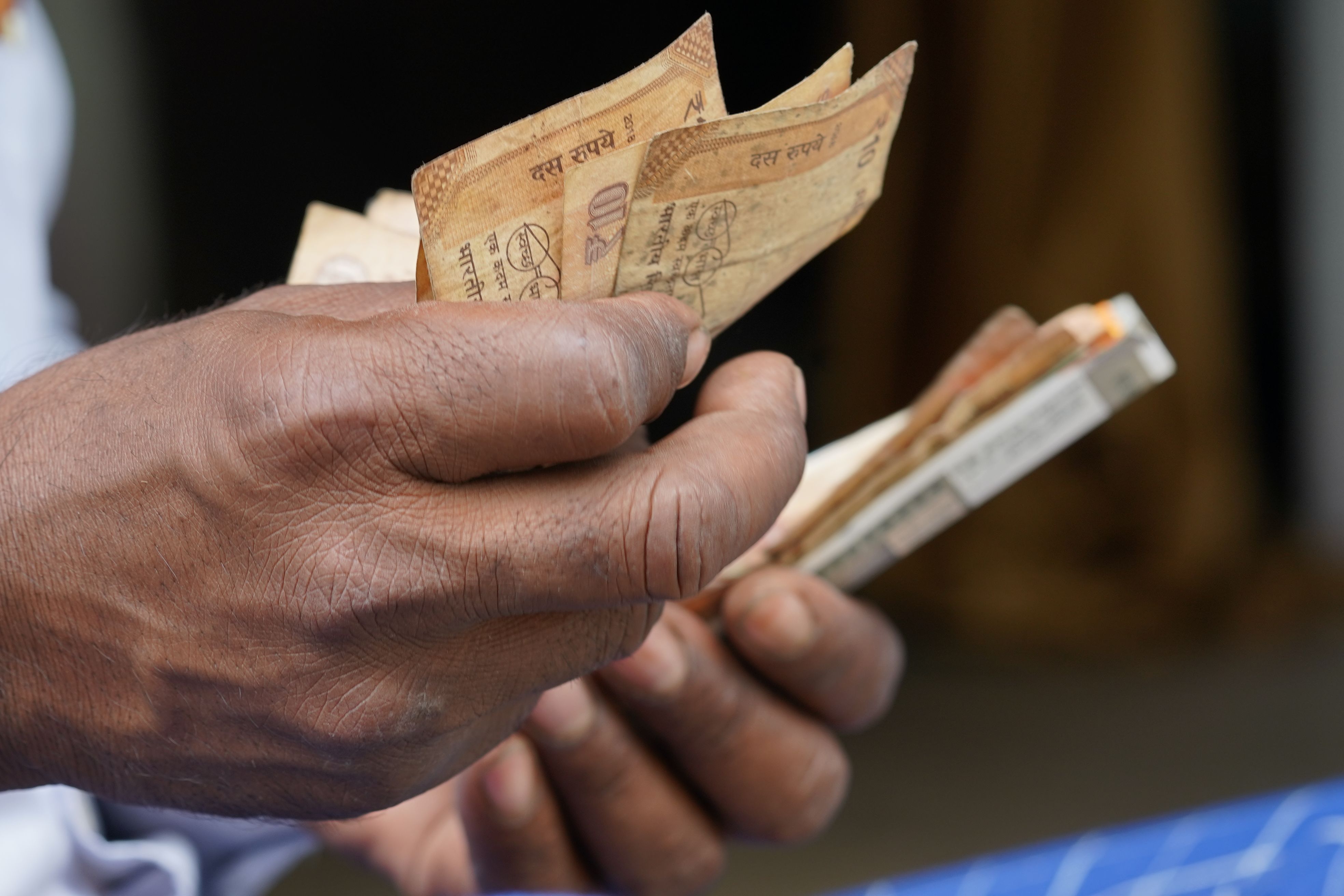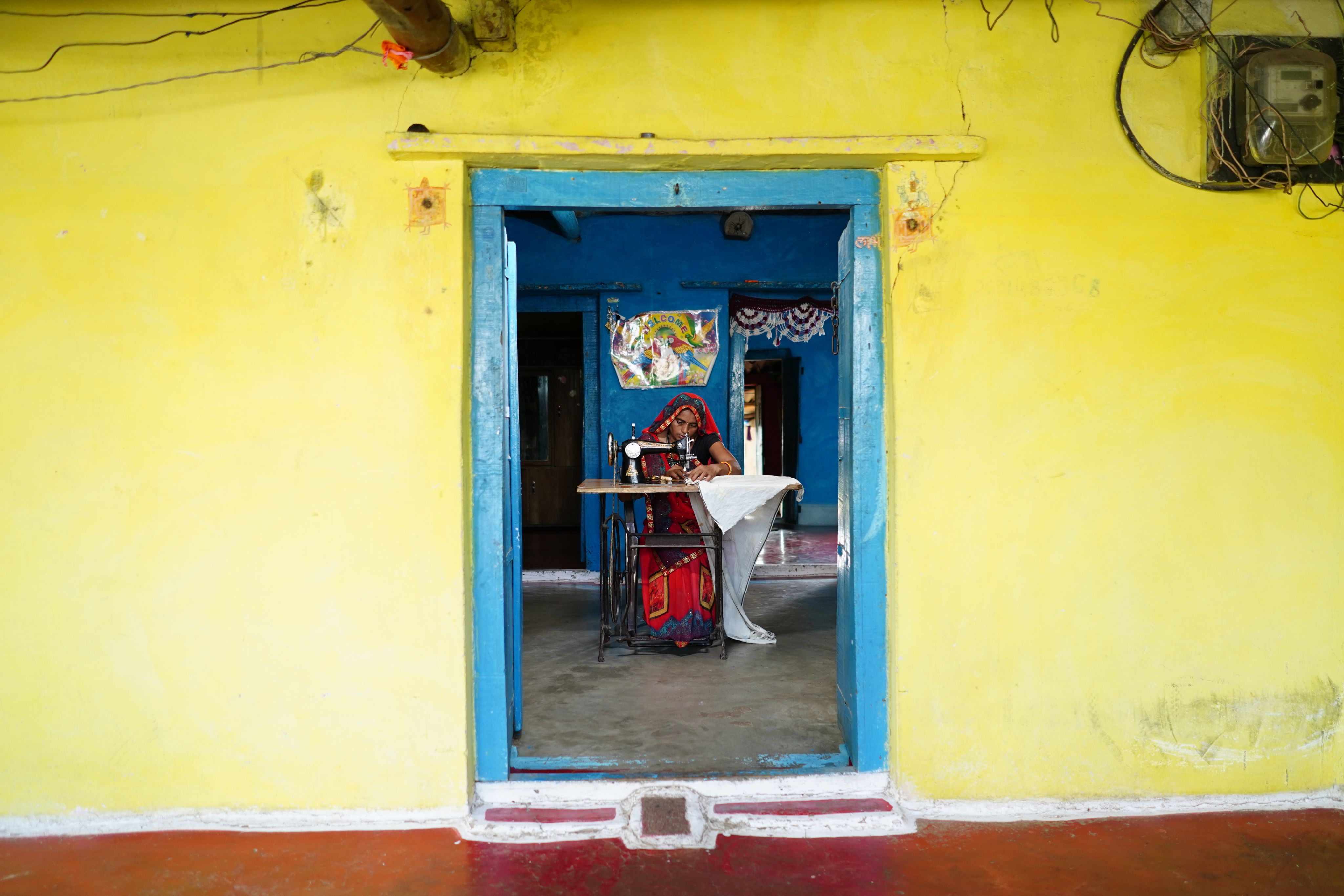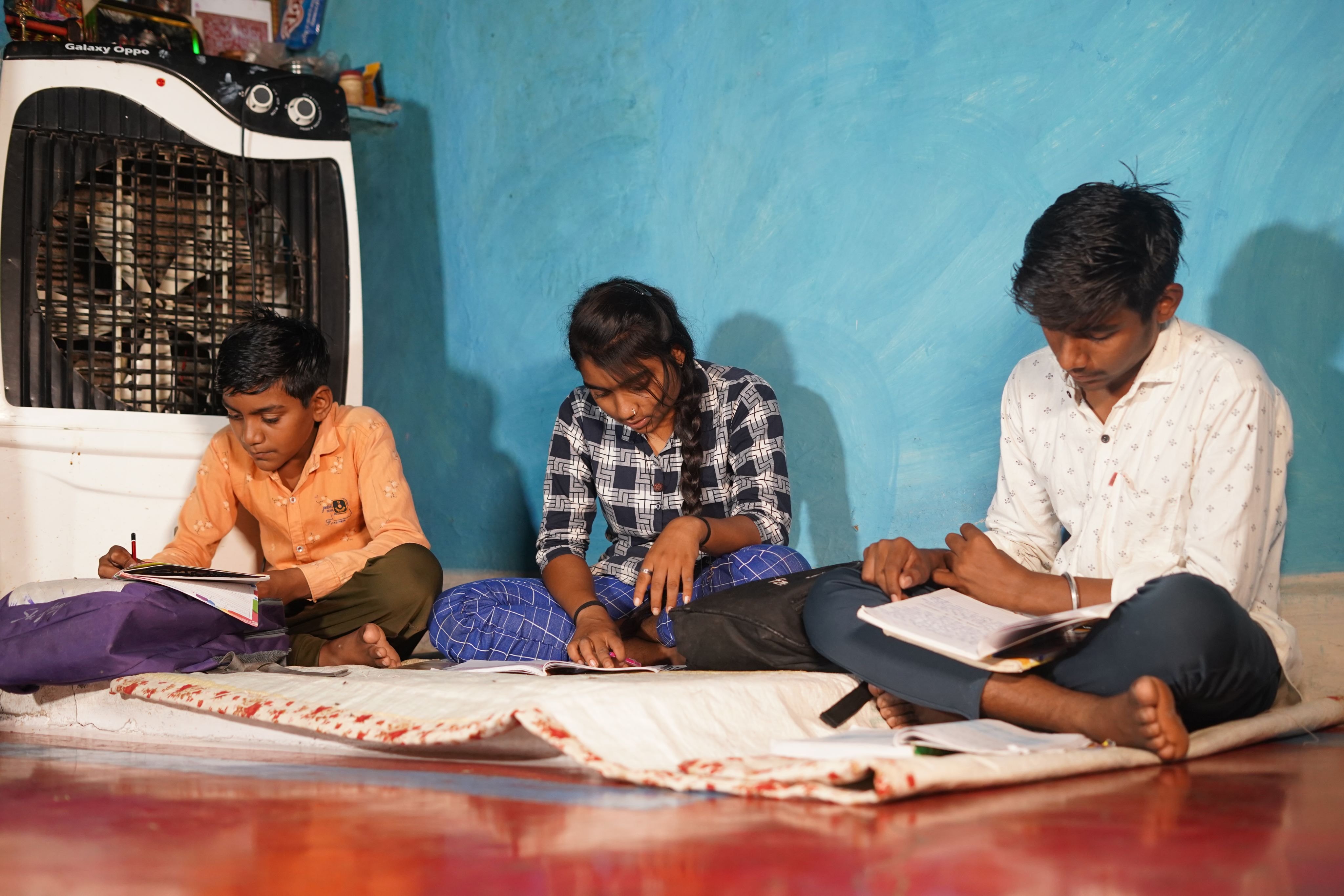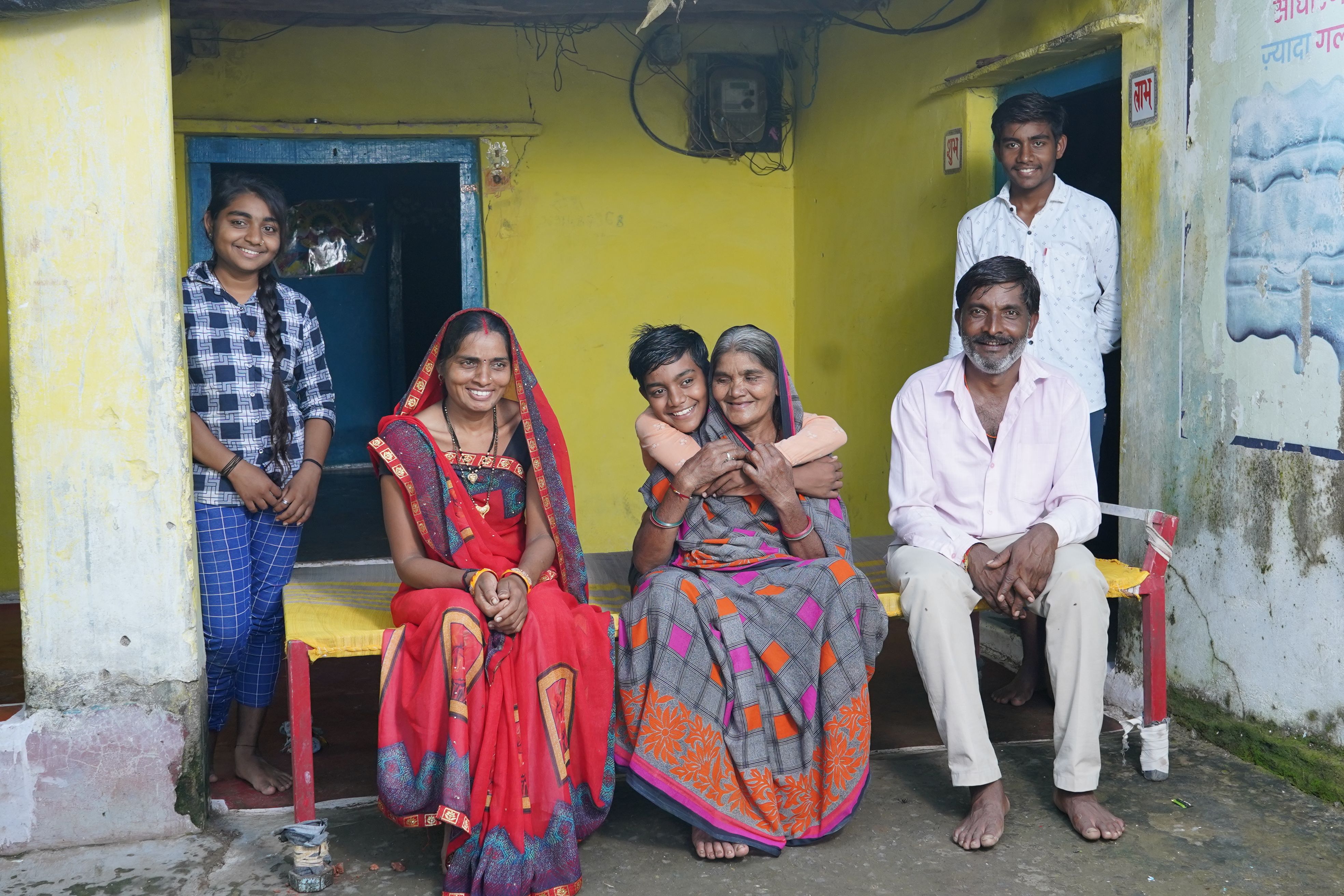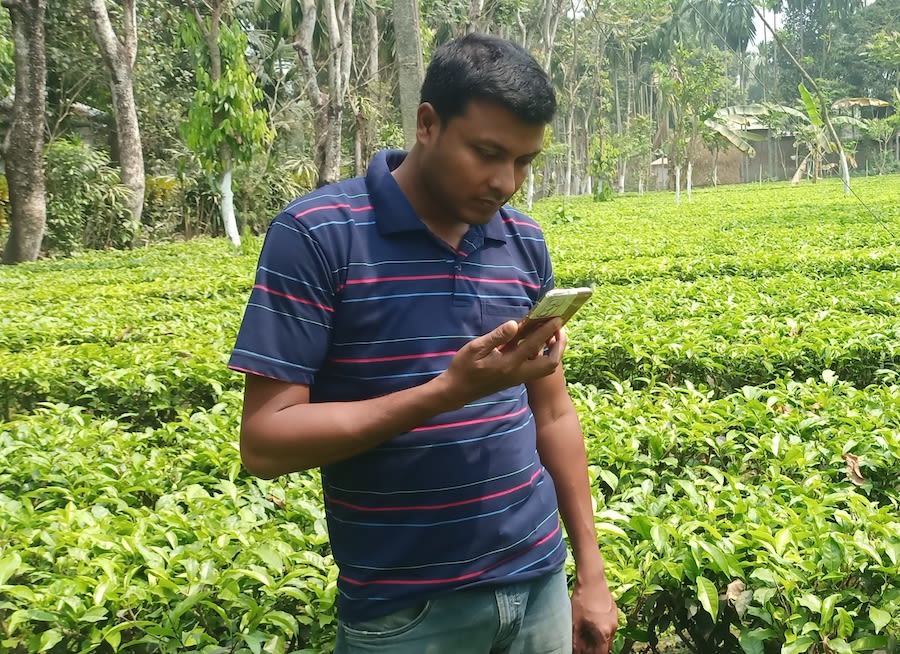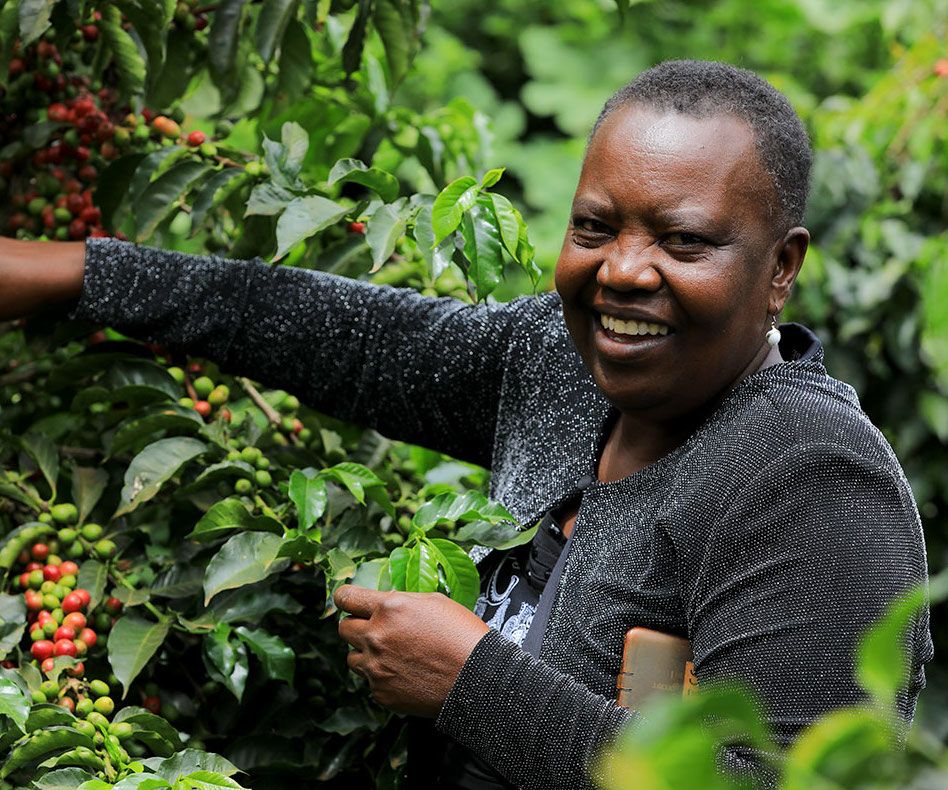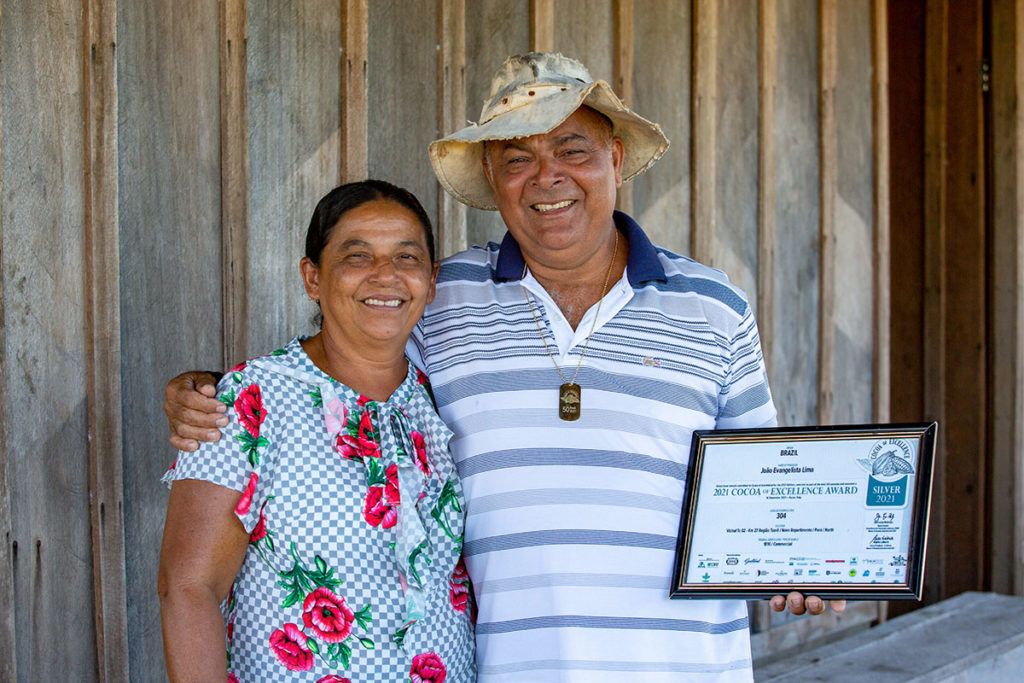SMALL FARMER ATLAS
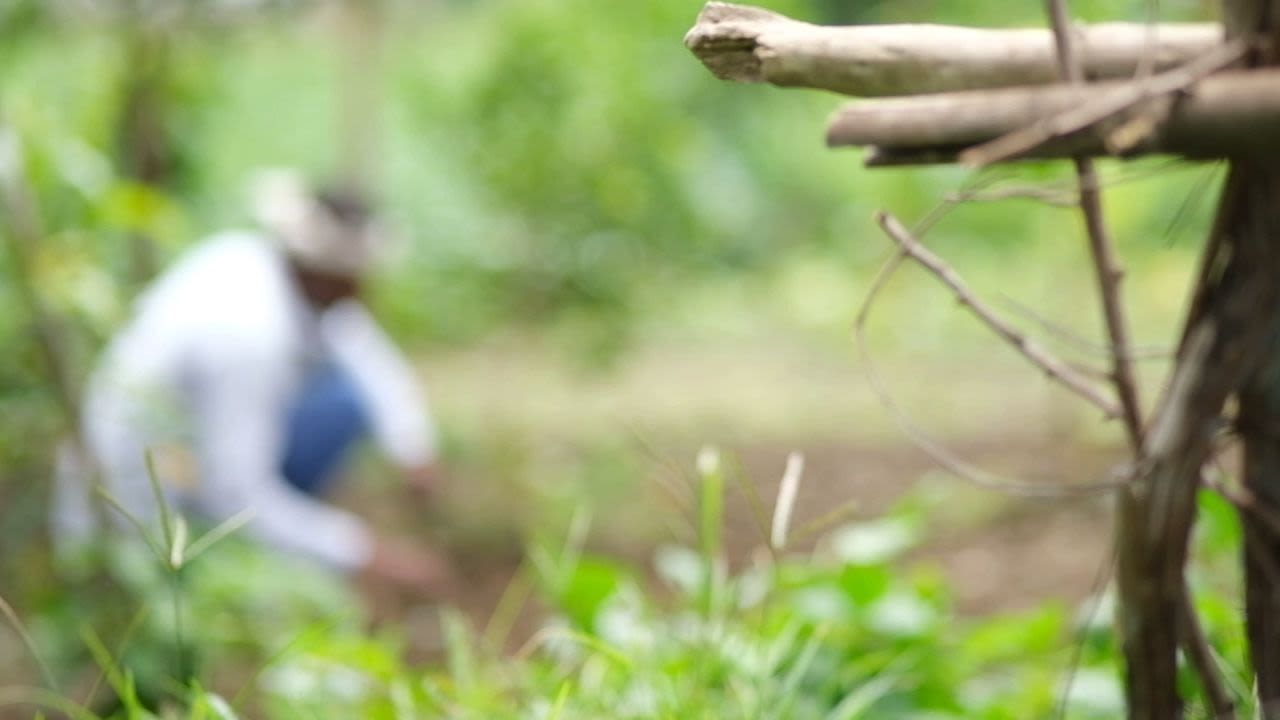
Elevating the voice of small-scale farmers in high value markets
1ST EDITION, 2023
The story of agriculture is largely one of small farms. Small-scale operations account for 90% of the 570 million farms around the world and are responsible for a notable share of the world’s food, feed, fiber, and other products. Despite being a vital cog in the global food system, the majority of small-scale farmers remain mired in poverty, struggling to eke out a living from their land.
Even for their prominence, small-scale farmers are often sidelined in sustainability debates. It is time for this to change. A sustainable future for our planet hinges on understanding their needs and addressing their concerns. This Small Farmer Atlas represents a first effort to learn from their perspectives on sustainability.
The Small Farmer Atlas is a comprehensive satisfaction survey based on the input of 10,000 small-scale farmers in 18 countries on 3 continents. We sought out their perspectives on issues ranging from prosperity and income, to bargaining power and land use to create a data rich resource focused on eight commodities.
When we understand farmers' needs and barriers to success, we can create better interventions. Rather than relying on current trends in sustainability that often take a top-down approach, let’s meet farmers where they are.
This report is an invitation to companies, policy makers and others to center the perspectives of small-scale farmers in the design of procurement and sustainability policies.
KEY FINDINGS
For most farmers, income is insufficient for coping with climate shocks and price volatility.
More than half of all farmers surveyed feel they lack adequate access to markets, financing and information.
Climate-related issues are farmers' biggest concern.
SMALL FARMER ATLAS
WhO ArE small-scale farmerS?

Who are small-scale farmers? It defies easy definition.
The importance of small-scale farming cannot be understated. Small-scale operations account for 90% of the world’s 570 million farms. Yet how they are defined often remains vague and inconsistent. Small-scale farmers are a large and diverse group. How we define them varies by product or country, land size or access to market.
In this report, we use the term small-scale rather than smallholder; small-scale refers to the economic scale of a farmer’s operation, while smallholder refers to land holdings. This report aims to understand and respond to the economic scale of the farming operation, rather than the land area cultivated.
In particular, we focus on two distinct categories of small-scale farmers:
- Semi-commercial - These farmers typically sell a significant portion of their production into commodity value chains, but tend to be mostly poor to very poor and rely on diverse livelihood strategies to survive.
- Small-commercial - These are small-scale farmers with land holdings of less than 20 hectares. They are well-connected to domestic and international value chains, and farming can be a viable livelihood strategy for eventually achieving a living income.
These two groups reflect the broad range of products covered in the Atlas, from soy and palm (typically larger farms), to coffee and tea, which are often smaller in scale. Given the heavy reliance on their focus crop, these farmers have clear ideas and opinions about their future farming prospects.
The importance of small-scale production in global supply chains varies across the eight commodities featured in the Atlas.
COCOA
Small farmers in just two countries – Ghana and Cote d'Ivoire – produce up to 60% of the world’s cocoa, and yet they garner just a small proportion of cocoa’s value on the global market. Read more on cocoa.
PALM OIL
Global production has spiked 246% since 2000. Small farmers represent a minor, but important source for sustainably-produced palm oil. Read more on palm oil.
COTTON
Millions of farming families – between 24 and 32 million – grow cotton on small plots of less than 2ha. Climate change threatens the viability of this cash crop and the families’ livelihoods. Read more on cotton.
BANANAS
The majority of bananas produced by small-scale farmers are for domestic consumption. Small farmers interviewed highlight climate change and market inclusion as their biggest challenges. Read more on bananas.
COFFEE
Coffee production has increased by 43% since 2000, yet the land under cultivation has stayed consistent. As farmers continue to increase on-farm productivity and quality, their share of the value created remains small. Read more on coffee.
TEA
Tea is a labor-intensive product that requires hand harvesting, which largely rests on the shoulders of women. The future of the sector relies on gender equality, and improving income and working conditions. Read more on tea.
SUGARCANE
86% of the world’s sugar is derived from sugarcane, which is grown in over 100 countries in tropical climates. As much as 40% of global production comes from small-scale farmers. Read more on sugarcane.
SOYBEANS
The rise in meat consumption has pushed up demand for livestock feed. Soybeans are an important protein source, but just 1.53% of global production meets sustainability standards. Read more on soybeans.
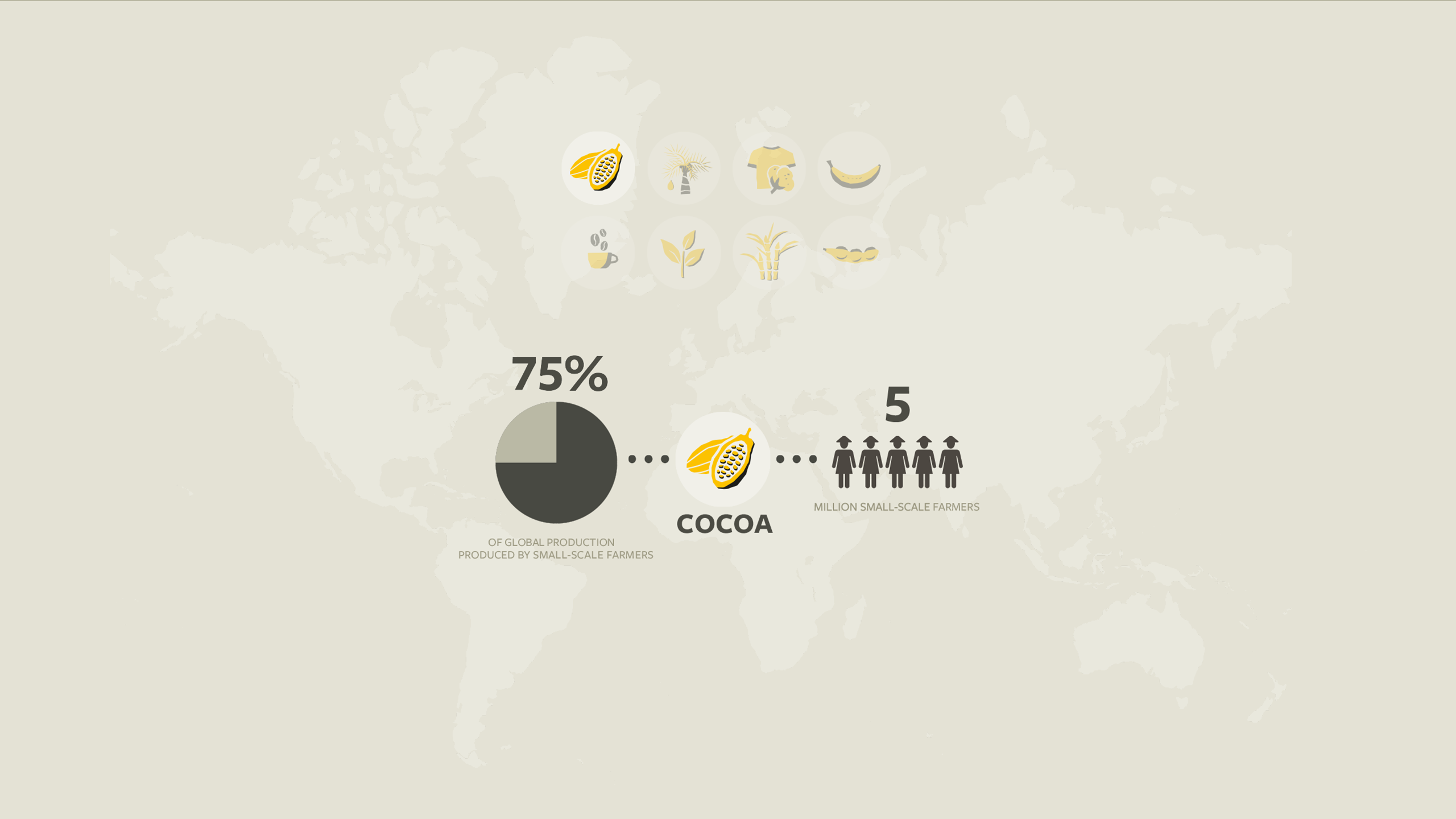
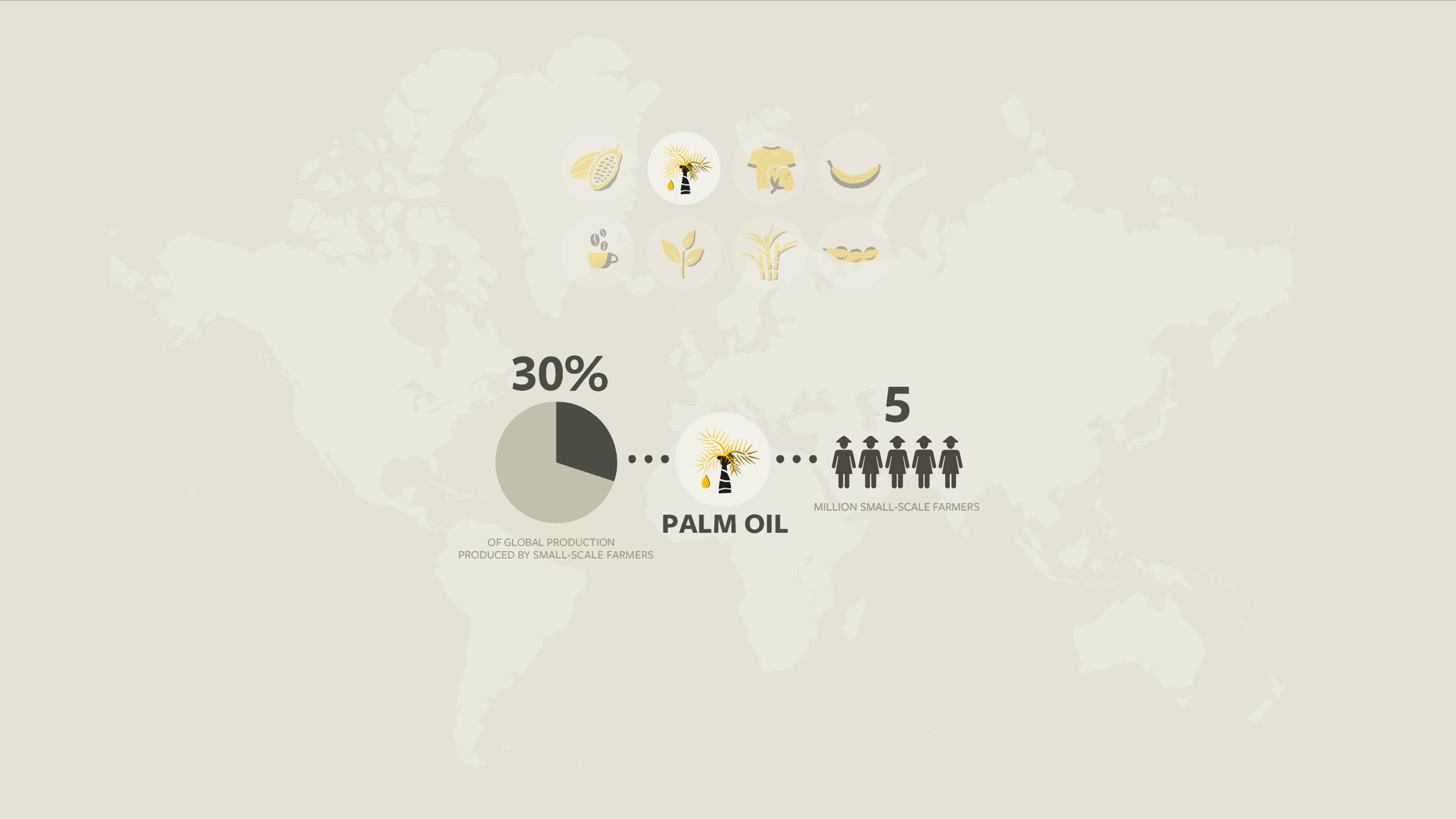
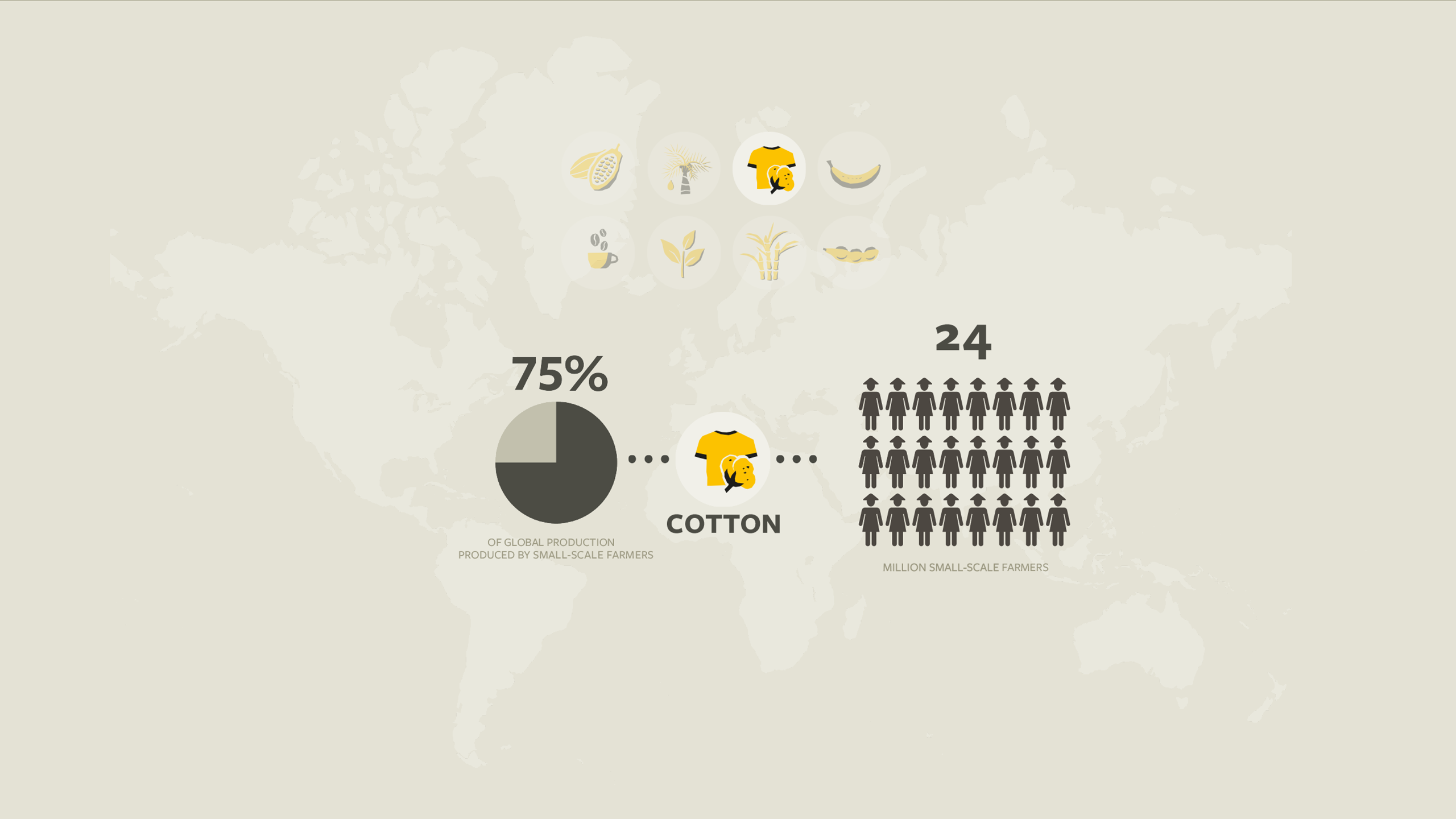
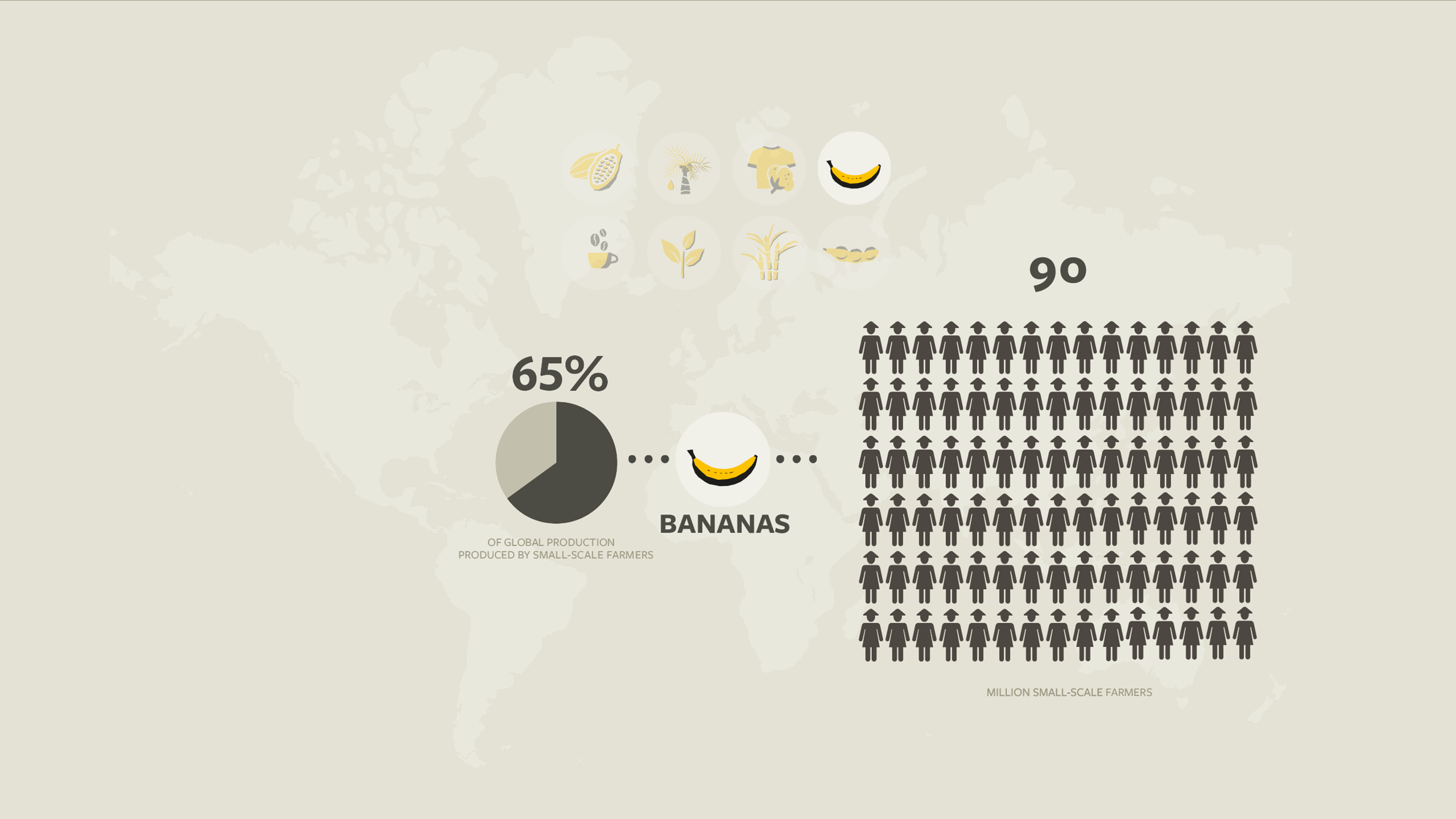
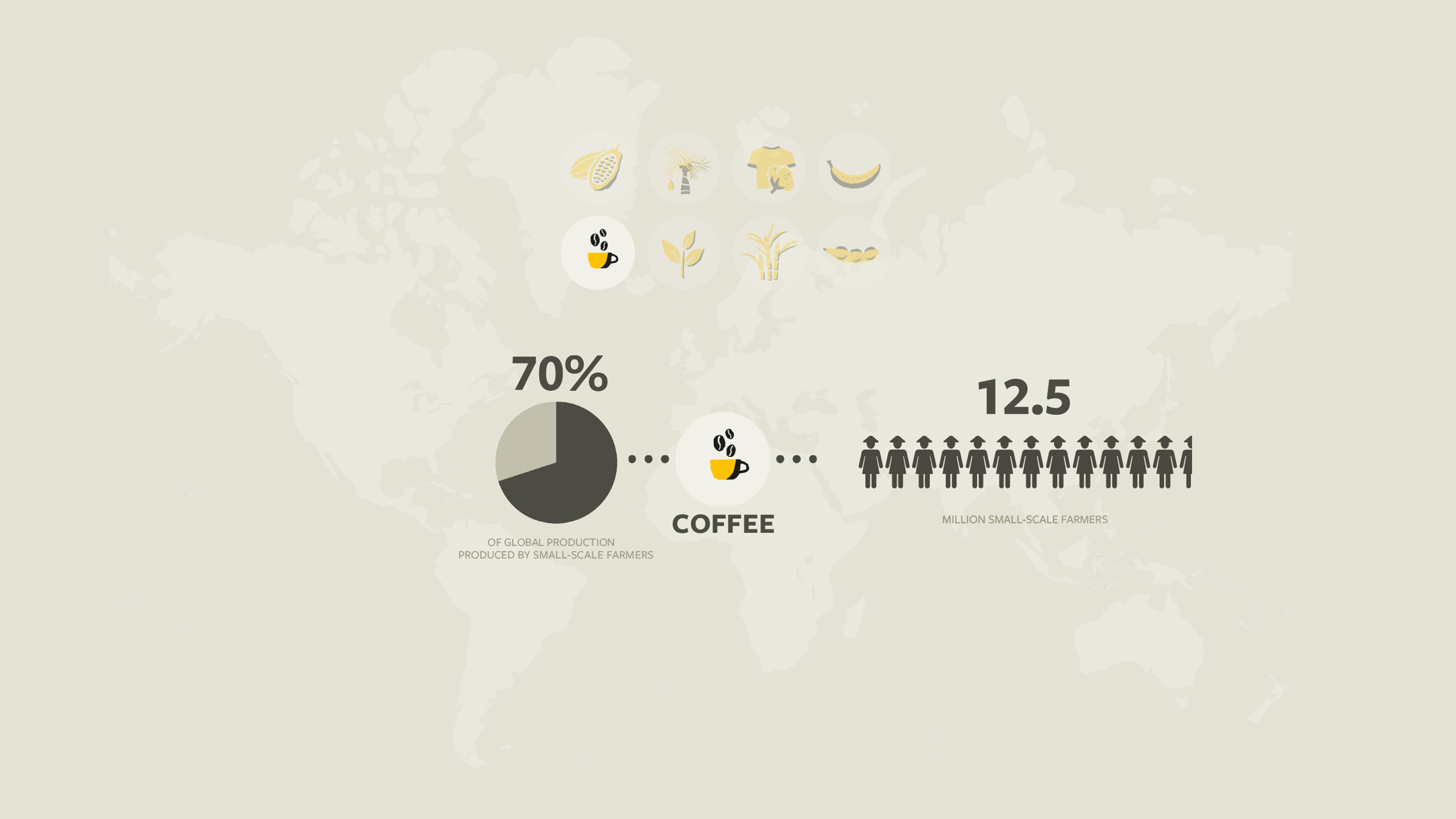
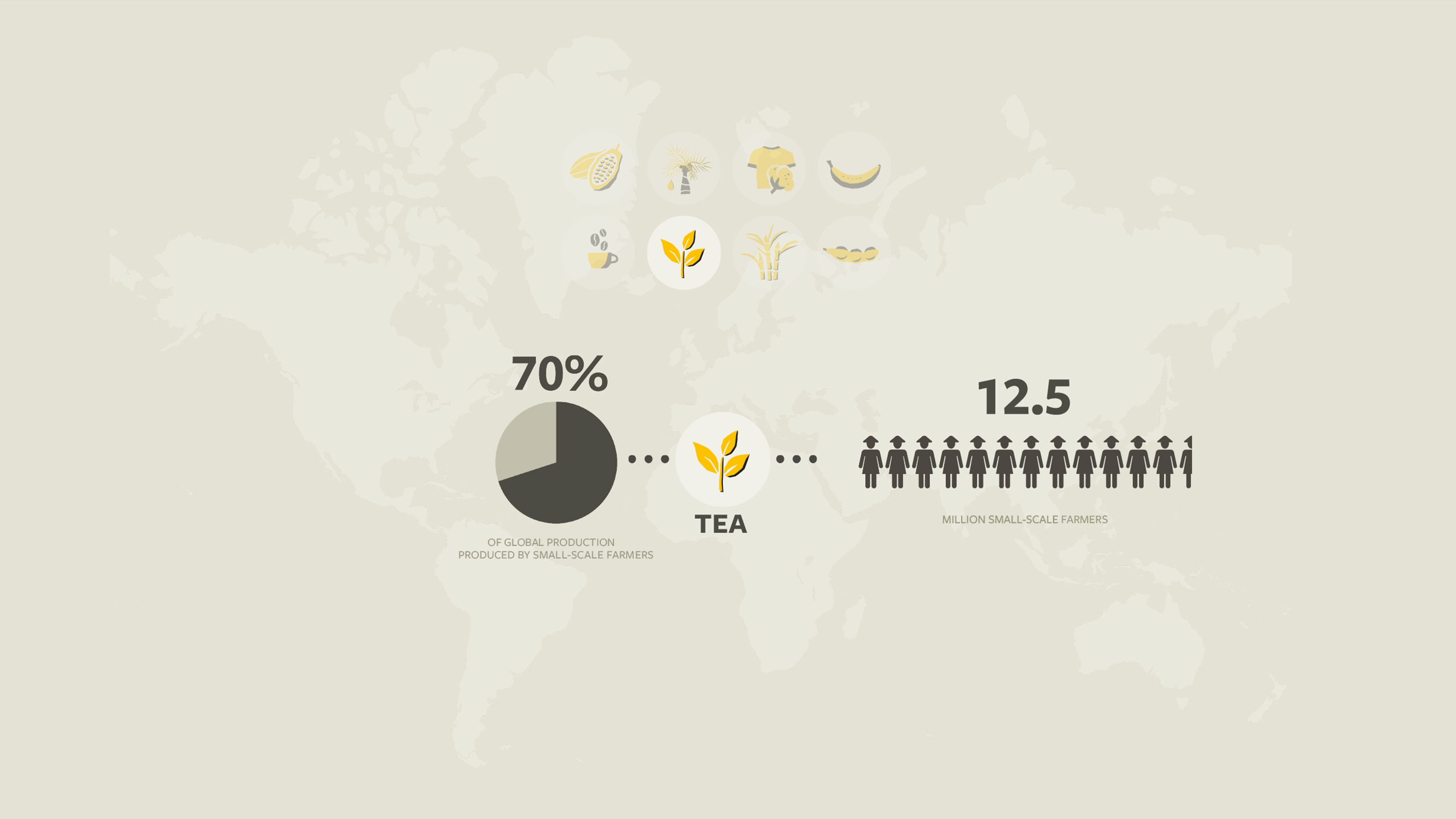
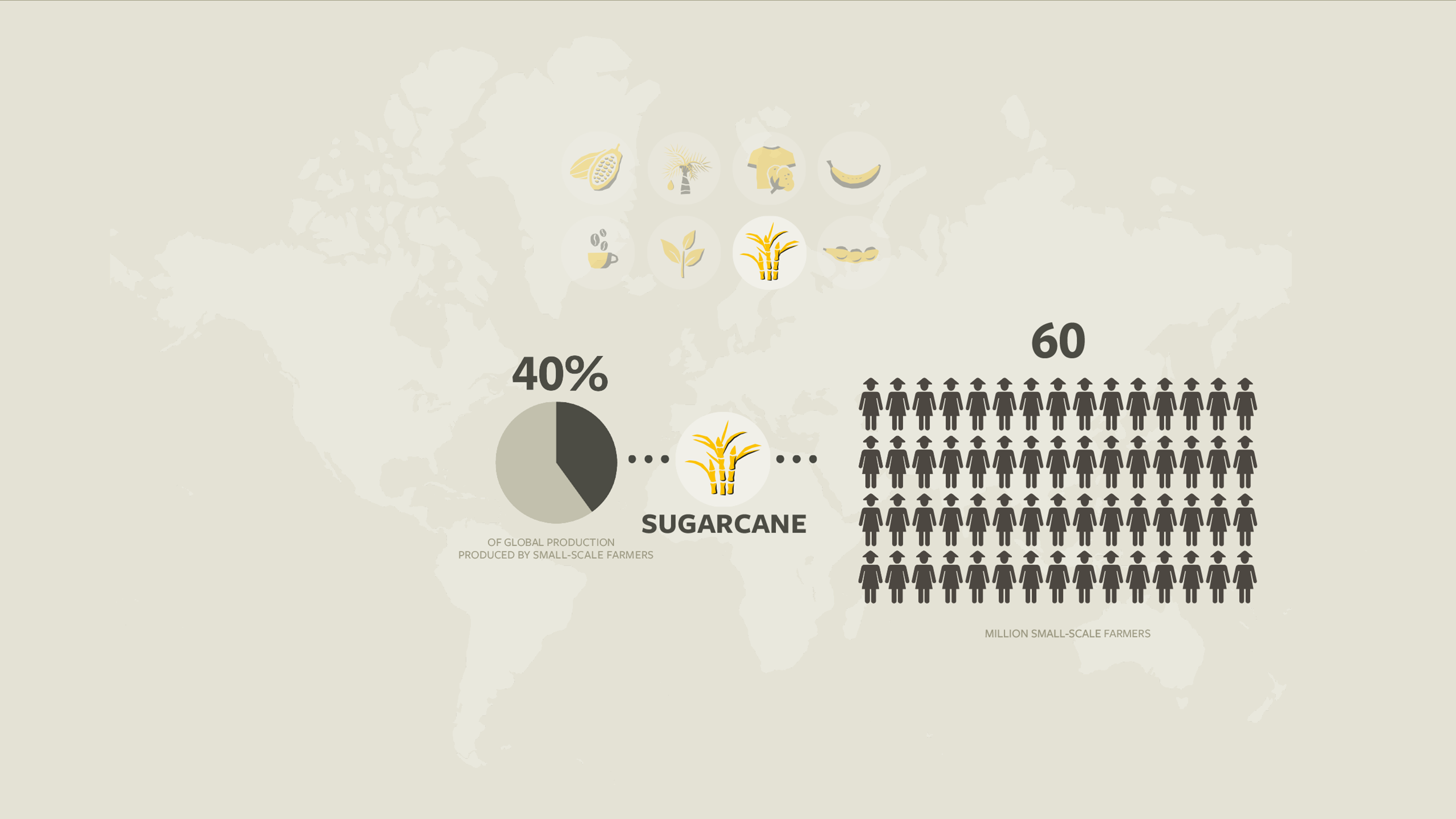
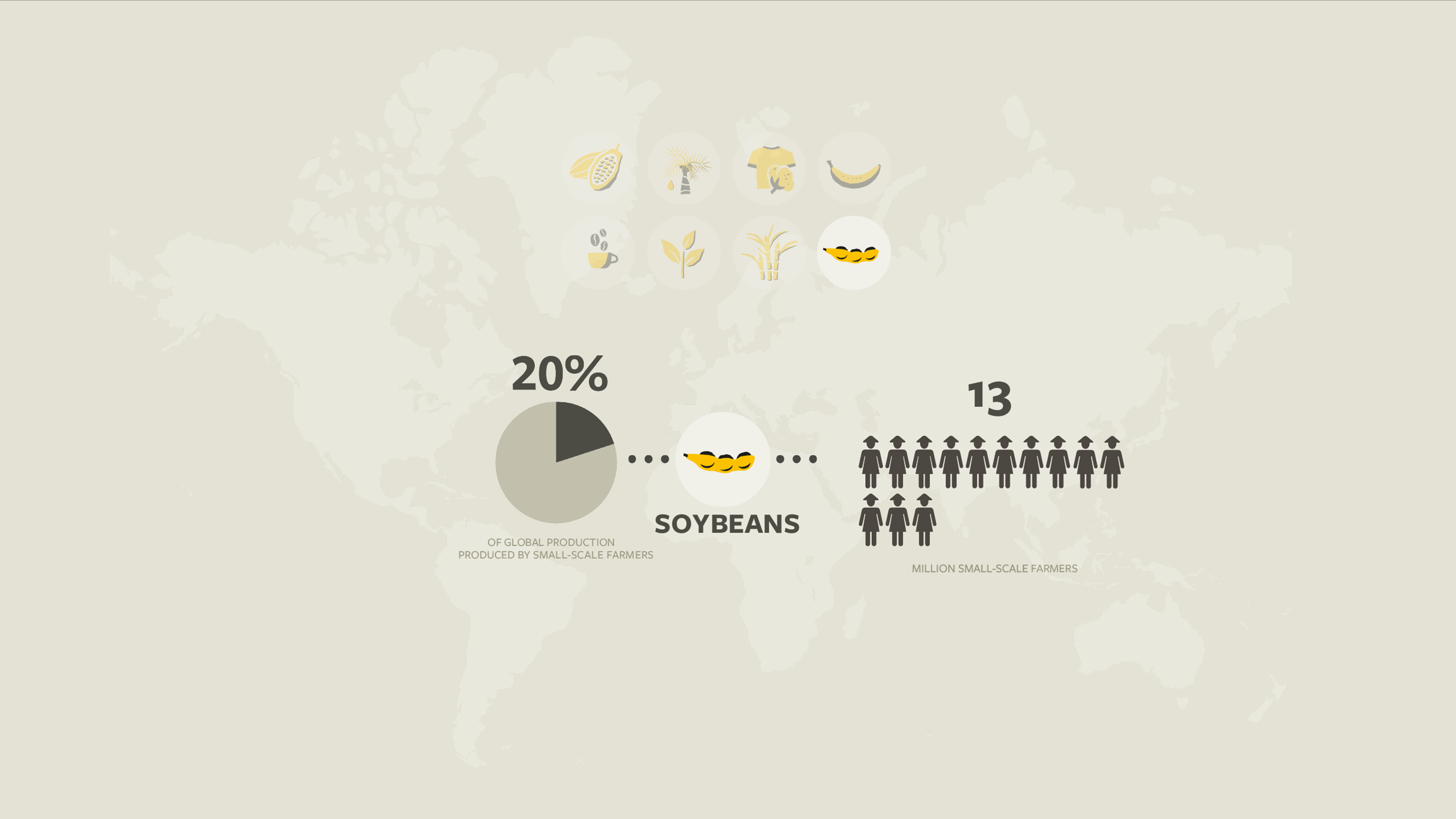
Beatrice Sululu is a coffee farmer in Kenya
Beatrice Sululu is a coffee farmer in Kenya
Jorge Hermógenes Chavarría Castillo is a palm farmer in Nicaragua
Jorge Hermógenes Chavarría Castillo is a palm farmer in Nicaragua
Sheila Dwamena is an oil palm farmer in Ghana
Sheila Dwamena is an oil palm farmer in Ghana
Pawan Parmar is a soy farmer in India.
Pawan Parmar is a soy farmer in India.
Esmeralda Rivas, of Nicaragua, pours milk into a storage tank.
Esmeralda Rivas, of Nicaragua, pours milk into a storage tank.
SMALL FARMER ATLAS
Making the case for better listening

The sheer number of small-scale farmers dwarf the number of market actors engaged in trading and marketing of farmers’ produce.
Though governments can create a supportive environment for agriculture through policy and investment, the long-term sustainability of our global food system depends on relationships based on mutual respect between the private sector and farmers.
This means understanding and prioritizing the interests and agenda of small-scale farmers rather than imposing top-down solutions. It is essential to incorporate the perspectives and practical know-how of small-scale farmers into practices and policies that affect their livelihoods.
The Small Farmer Atlas explores the experiences and expectations of 10,000 farmers in global value chains. Half of the respondents receive or have received support from Solidaridad, the other half have been included as a control group.
Interviews focused on three themes that are central to farmers’ visions of sustainability:
- Prosperity - We assess farmers' satisfaction with income, their ability to weather price volatility, and their capacity to generate sufficient income to cover basic needs and invest in their business.
- Inclusivity - Questions on inclusivity explore the external factors that influence farmers’ integration into the value chain. This includes access to markets, quality inputs, finance, and extension services, as well as the availability and transparency of market information.
- Balance with Nature - This theme takes a wider perspective exploring the environmental aspects of farming. As the effects of climate change become evident, we look at farmers’ technical and financial preparedness to adapt to changes.
Signs of progress and threats to sustainable production
Over half of the farmers we interviewed express confidence in their ability to meet basic needs. This indicates that sustainability interventions have had a positive impact, even through the pandemic and the related economic downturn when the survey was conducted.
And yet the majority of farmers express that they are ill-equipped to handle price volatility or climate shocks. Women, in particular, are concerned with their ability to achieve a fair income, to find market support, and produce in harmony with the natural environment.
Farmers increasingly see their work becoming more complex and unpredictable, and lack the resources to adapt. The fact that farmers are more concerned about climate change and its impacts than their own income should be a wake-up call for companies and policy makers.
Overall, the Small Farmer Atlas illustrates the need for two key interventions:
- Profit-sharing across agricultural value chains that directly benefit farmers, and improve their business case so they can invest in their farms and access finance.
- The need for systemic change that prioritizes the perceptions of small-scale farmers and grounds interventions in their needs.
Janet Ampong, Cocoa Farmer, Ghana
Janet Ampong, Cocoa Farmer, Ghana
TAKE THE QUIZ
1
What percentage of coffee is produced in accordance with voluntary sustainability standards?
Just 16.09% of the coffee produced globally meets one or more sustainability standard.
2
Of cotton farmers surveyed, what percentage are satisfied with their income level?
65% of cotton farmers surveyed are satisfied with their current income, the highest among commodities included in the report.
3
What percentage of banana farmers surveyed are satisfied with their access to production inputs and training?
Just 13% of banana farmers surveyed were satisfied with their access to inputs and training.
4
What proportion of farmers are concerned about soil fertility and water access?
3 out of 5 farmers report serious concerns about the quality of their soil and access to water.
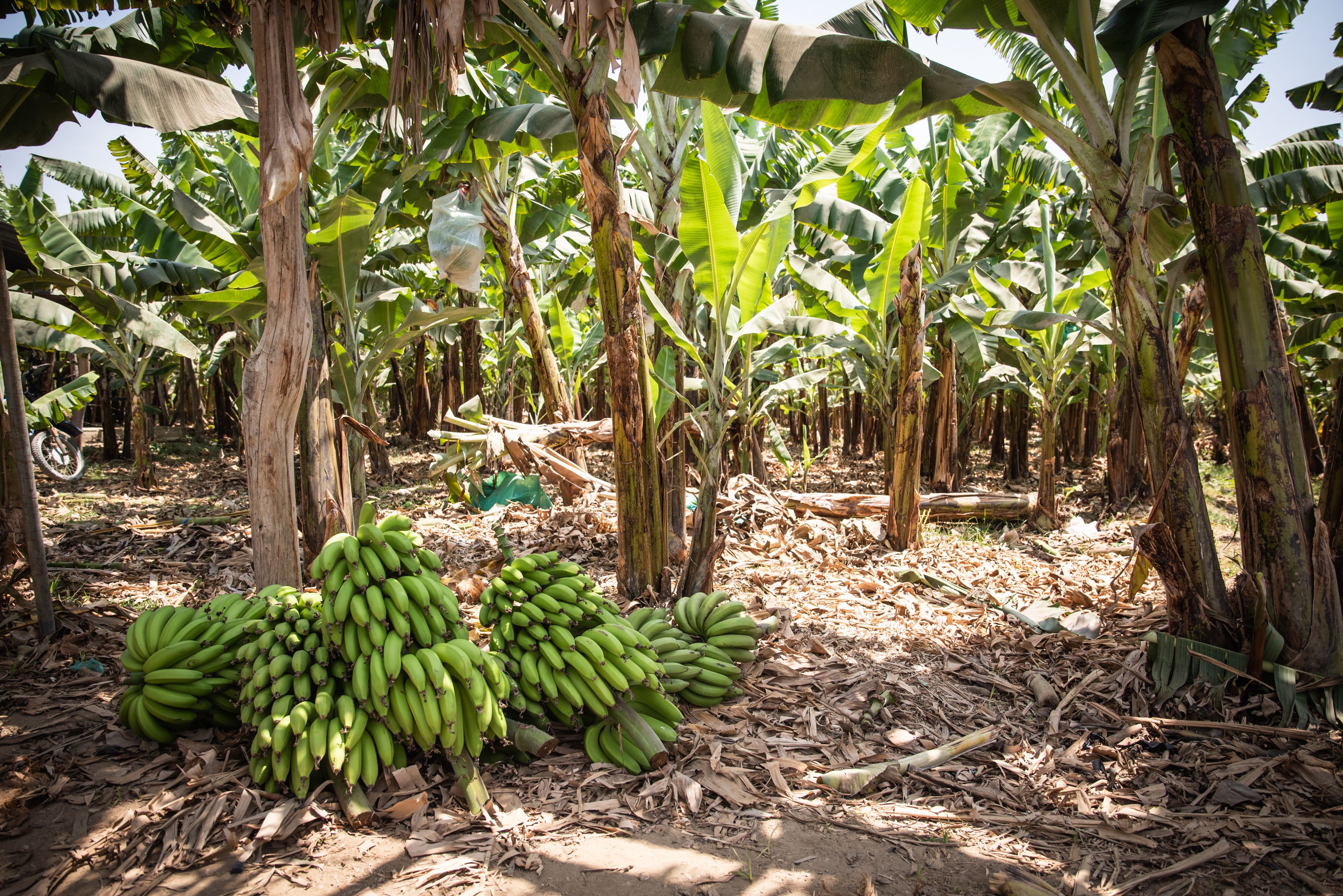
PROSPERITY
Roughly half of all farmers surveyed believe that the income from their focus crop does not reflect the amount of effort that they put into producing it. Within that group, a third expressed an acute sense of frustration and sadness with this imbalance. Many of these farmers have been forced to develop multi-faceted strategies to cope with income issues.
Respondents were generally positive on their ability to generate enough household income sufficient to cover their children’s education and basic medical expenses. However, most indicated that their situation would take a turn for the worse if prices paid for their produce dropped by 25%, at which point over half (53%) of all farmers would be uncertain of their ability to cover basic expenses.
While many respondents have adopted sustainable practices and new techniques to improve quality, productivity and efficiency, most indicated that they did not receive appropriate compensation for the efforts. As a result, they are unable to invest in their operations or improve their resilience to climate change impacts.
This inability to invest in their farms – even for the small-scale farmers we surveyed who operate at a more professional level – paints a worrying picture for the future of food.
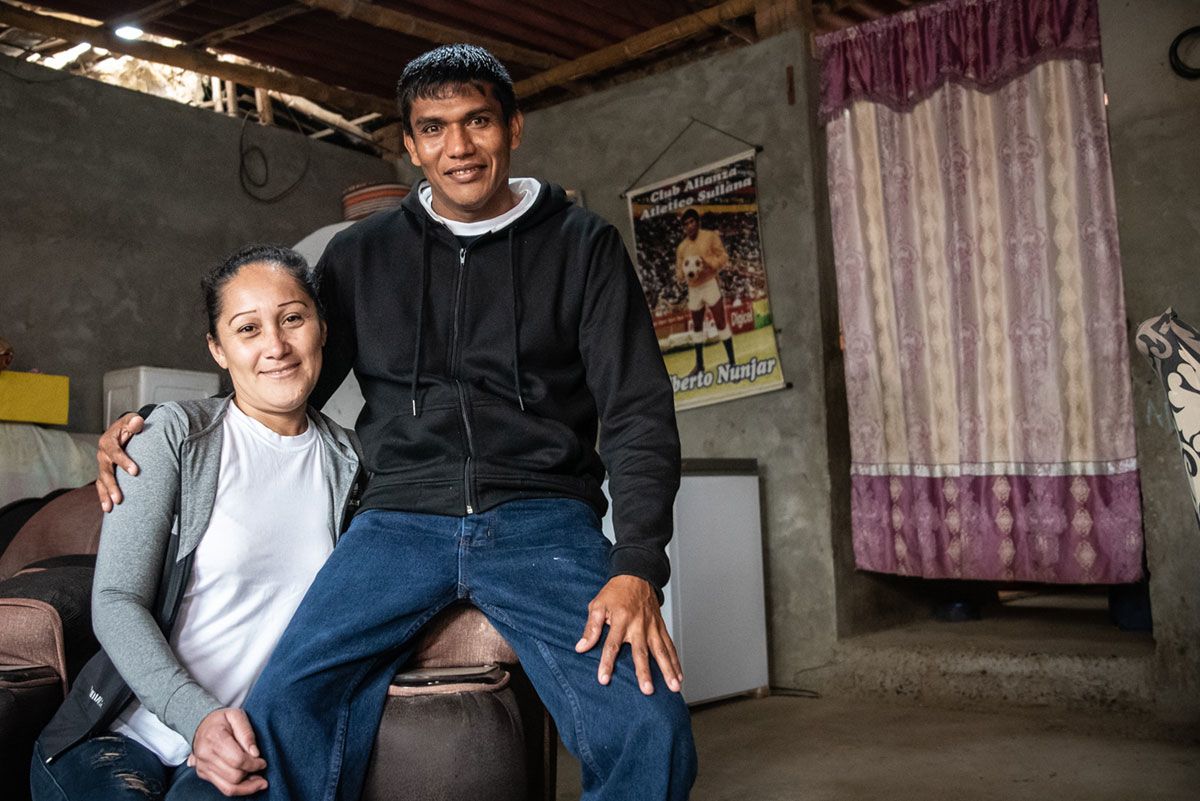

PROFILE: Jessica Paola Mondragón Mendoza & Edwin Nunjar Peña
“Previously, producers used to sell our bananas to the national market, bringing the produce with donkeys from the field. Now, most farmers have vans, motorcycles, and cars. ... Economically, things have improved a lot. We have increased our incomes, sent our children to school, improved our houses, ... and even managed to save some money.”
“But in the last 10 years, farming has become increasingly difficult. In multiple ways. One is the costs for fertilizers. Especially now, with the war between Russia and Ukraine, prices have gone up. It has become very difficult to get the same harvests as before and be able to export the same volumes, also because of the pests and disease.”
“This is really taking a toll on us.”
Jessica, Edgar and their family prepare used plastic bags for recycling.
Jessica, Edgar and their family prepare used plastic bags for recycling.
Fairtrade organic bananas
Fairtrade organic bananas
Jessica carries plastic bags for recycling
Jessica carries plastic bags for recycling
Jessica Paola Mondragón Mendoza & Edwin Nunjar Peña and their family in front of their home
Jessica Paola Mondragón Mendoza & Edwin Nunjar Peña and their family in front of their home
TAKE THE QUIZ
1
Only a small percentage of bananas are traded globally. What region exports the most bananas?
Latin America and the Caribbean are responsible for 80% of global exports, but the all global exports represent just 20% of global production.
2
What percentage of the price of black tea on store shelves is earned by the person harvesting it?
Tea pluckers receive just 2% of the final value of tea, while traders and blenders, and retailers keep 35% and 50%, respectively.
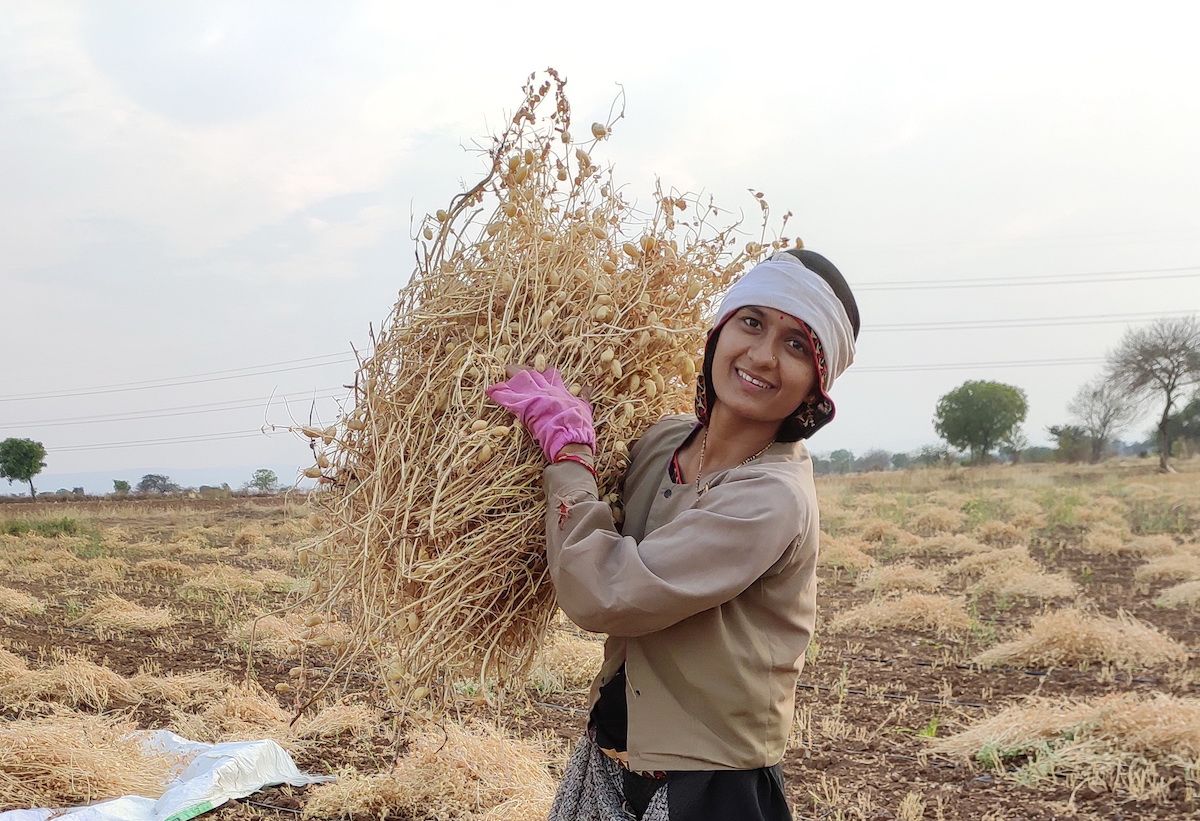
INCLUSIVITY
The various actors that facilitate trade in global commodities are extensive. This ranges from cooperatives and farmer organizations that aggregate production and provide services, to input providers who sell seeds and knowledge, and government and financial institutions that provide resources. When these actors are well-aligned, farming can be a productive venture. In the case of half of the farmers we surveyed, access to essential services and inputs is difficult.
In our survey, farmers were questioned on access to inputs, credit, market information, and extension and training services. Overall, farmers were positive on inclusion, but results varied widely by commodity and country. Cotton and soybean farmers expressed high satisfaction with access to training and inputs (78% and 64%, respectively). On the other hand, just 13% of banana farmers were satisfied with their access, followed by tea farmers with 24%.
In the case of access to markets, geography and location play a critical role in ensuring equitable access to services and inputs. While soybean farmers are generally satisfied with their access to services, this perception is buoyed by farmers in Africa and Latin America. Farmers in Asia express strong dissatisfaction (64%) with access to markets.
Given the right conditions, small and semi-commercial farms can be profitable and sustainable enterprises. For that to happen, all actors must contribute to creating an equitable business environment and a level playing field that allows small enterprises to flourish.
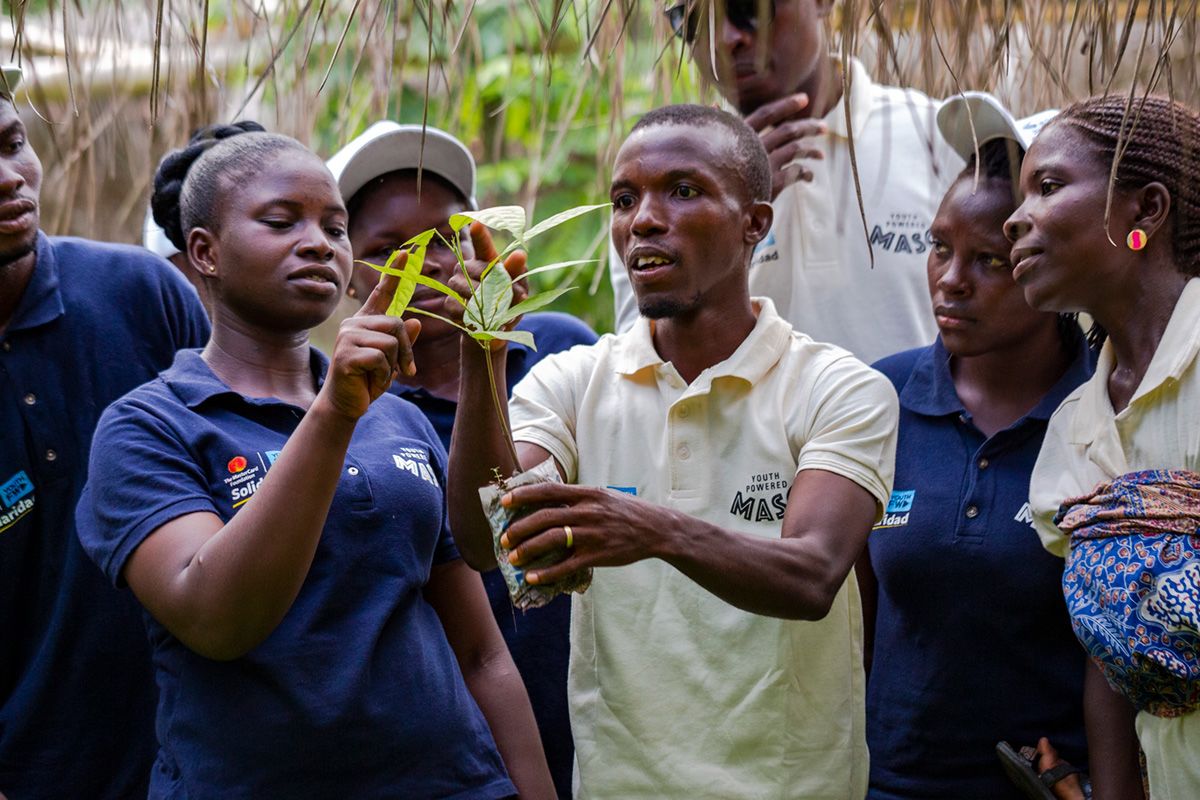

PROFILE: MAWUSE HOTOR
“I come from Akorme-Gborta in the Volta region [of Ghana]. I am a young female cocoa farmer and I know there are other farmers out there who would also like to go into cocoa farming because our parents are older now.”
“But there are two major problems we face in farming now. One is access to finance. The other is access to land. We young ones, especially females, find it very difficult to get access to land in order to grow cocoa. I urge the government to come to our aid and get access to finance and land to support the development of cocoa and move it to a higher level. I call on development partners to help build the capacity of young people to sustain cocoa production in Ghana.”
Mawuse cleans her cocoa plot
Mawuse cleans her cocoa plot
Mawuse Hotor, Cocoa Farmer
Mawuse Hotor, Cocoa Farmer
Mawuse and her parents
Mawuse and her parents
Mawuse in class
Mawuse in class
BALANCE WITH NATURE
Small-scale farmers – and by extension all of us – depend heavily on natural resources, including fertile soil, clean water, and diverse ecosystems that foster pollinators and natural pest control. Farming activities can have a significant impact on the environment, and small-scale farmers feel responsible for preserving it.
The pressure to increase yields and expand farmland has driven many farmers to rely heavily on chemical fertilizers, which leads to the depletion of soil carbon, a rapid decline in soil quality and an increase in input costs. This deterioration of resources threatens the ability of small-scale farmers to continue farming and pass on a healthy environment to their children and grandchildren.
Among farmers surveyed, 3 out of 5 expressed serious concerns with the quality of soil and access to water. Climate change is shifting weather patterns and resulting in erratic rainfall, more frequent droughts and floods, and wide swings in temperature. Adaptation to the new reality is critical, but more than half of the farmers surveyed (57%) lack sufficient resources to adapt to climate change.
Support for climate-resilient practices can reduce farmers’ vulnerability to climate change and market shocks, and provide them with a stronger business case. In addition, a focus on agroecological and regenerative practices can improve soils and potentially open up access for farmers on carbon markets, which could provide opportunities to diversify their income.
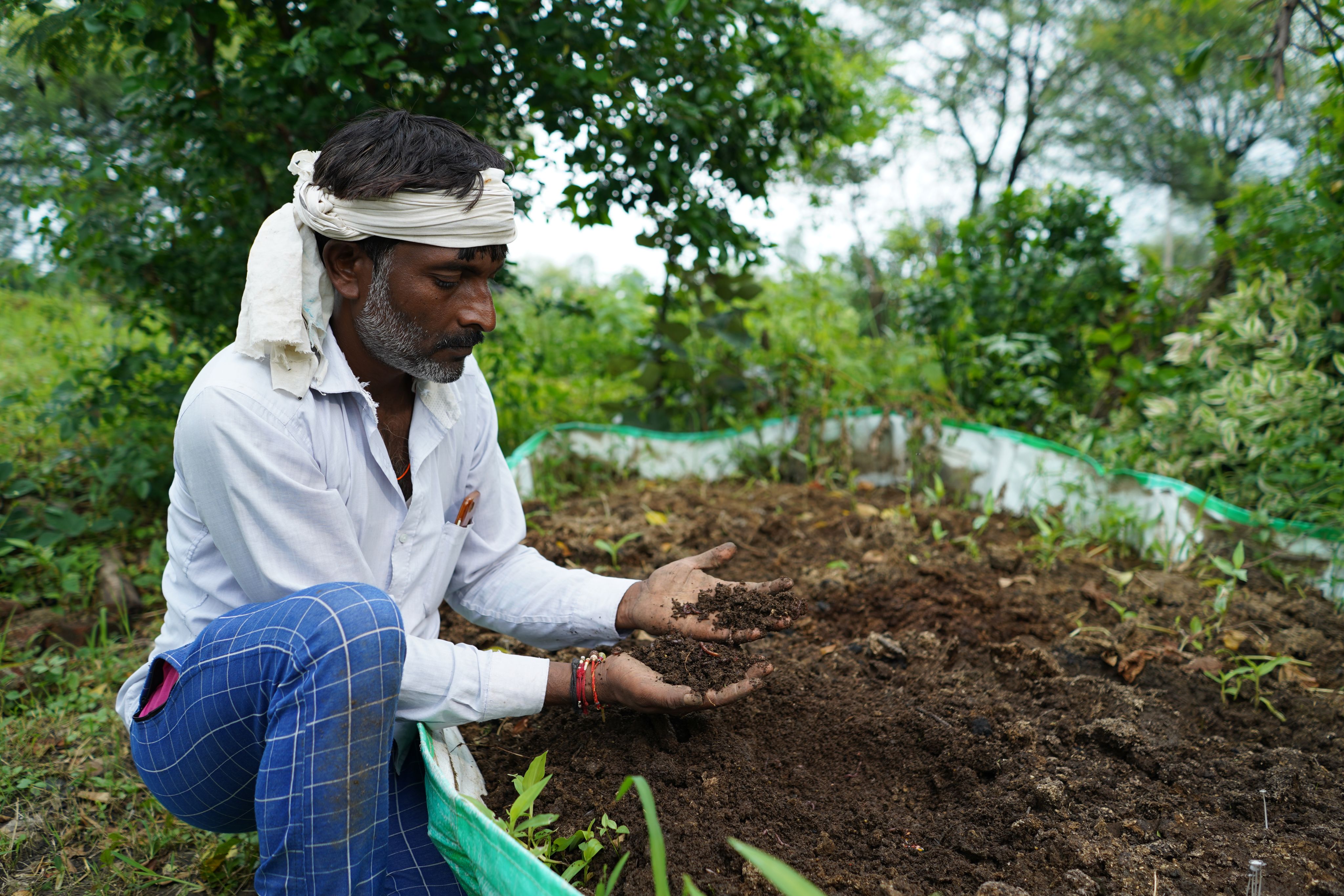

PROFILE: RAMESH RAJPUT
“I am a soy farmer in Bhopal, Madhya Pradesh, India. I like farming. It provides us with income, it has helped us to open a business and make good progress in life. The biggest issues we are facing here are related to climate change. The monsoon rains used to arrive on time. Farmers could sow the crops on time and the temperature used to be comfortable. But today, the situation is much different.”
“As farmers, we are entirely dependent on nature. Nature determines when I sow and when I harvest. It is important that we can cultivate our crops with respect for nature. Not only because all agriculture is based on nature, but also because it results in better yields.”
SMALL FARMER ATLAS
FARMER PROFILE BY COUNTRY

The Small Farmer Atlas is based on interviews with 10,000 farmers producing 8 commodities across 18 countries. The interactive map below profiles the number of farmers interviewed by country, demographic information, and the commodities included in the research.

Join the discussion
Looking for further insights and ideas or just want to share with others? Join the Small Farmer Atlas LinkedIn Group.
Download the PDF
The full Small Farmer Atlas goes into detail on that current state of sustainability from farmers' perspective.
Explore the data
This website represents a small portion of the data collected. Sign up to access the Data Portal and learn more.
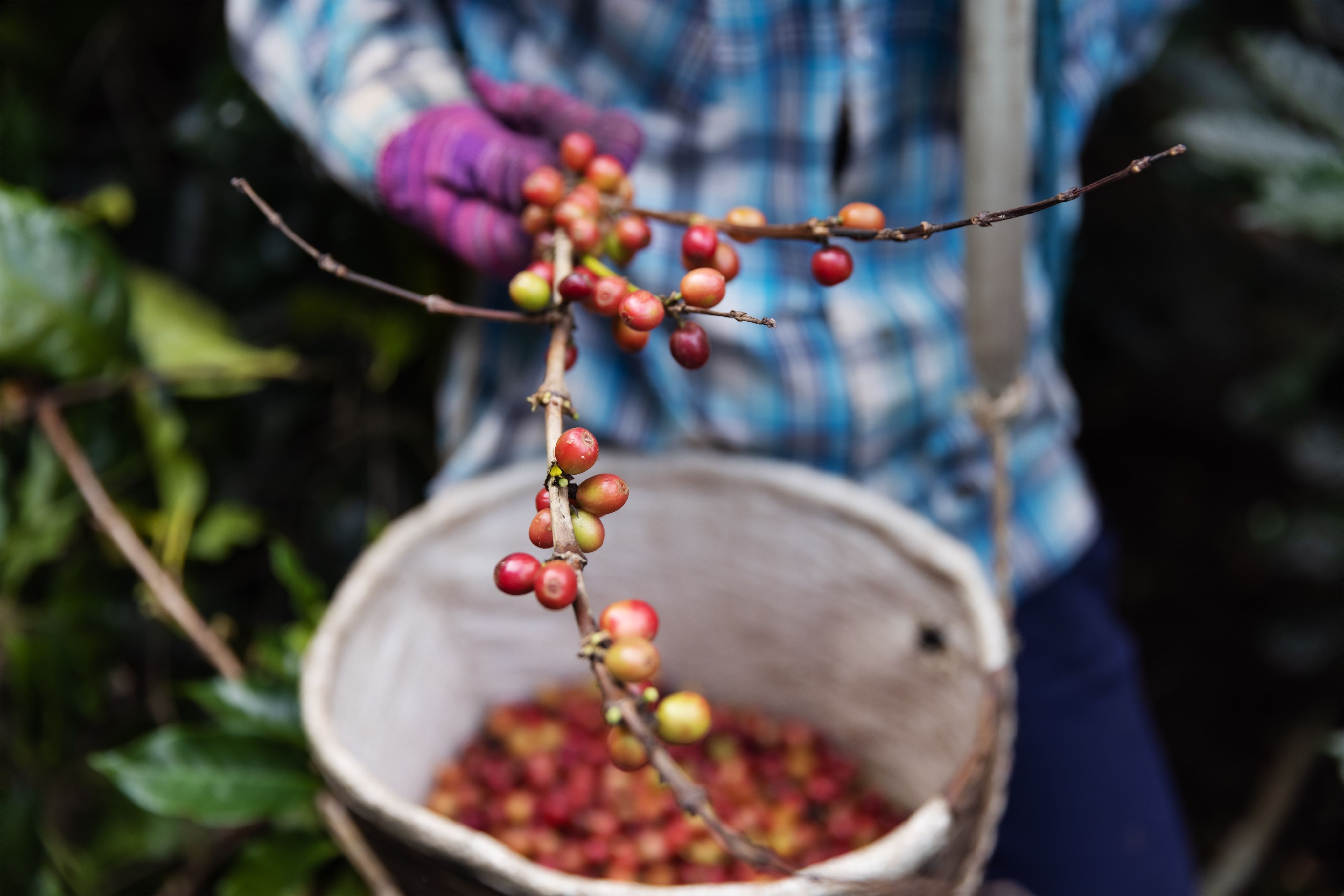
MEET SMALL-SCALE FARMERS
IMPROVING FROM THE GROUND UP
Bibek Sen is committed to improving his tea from the ground up. Learn how he and others are working to improve their prospects.
BUILDING A BUSINESS IN COFFEE
Mary Wairimu Oloo moved back to her family farm and is working hard to improve productivity and diversify her income. Find out how she faces challenges.
THE WORLD'S BEST COCOA
João Evangelista's cocoa is ranked among the world's. Find out how João uses agroforestry practices to optimize quality & help restore the Amazon.
Smallholder Farmer Atlas is an initiative from Solidaridad, a global organization committed to making supply chains more fair and sustainable.

